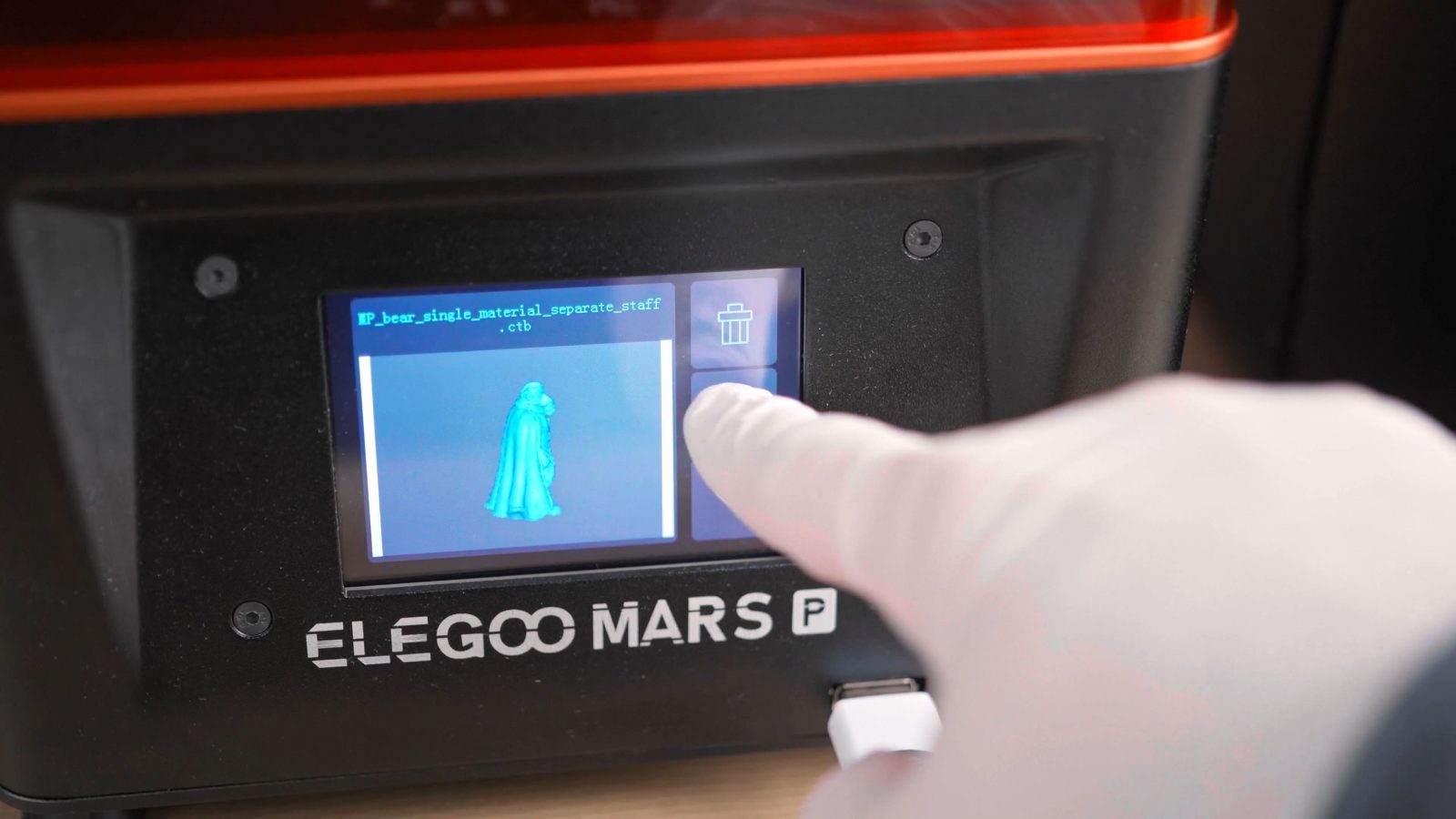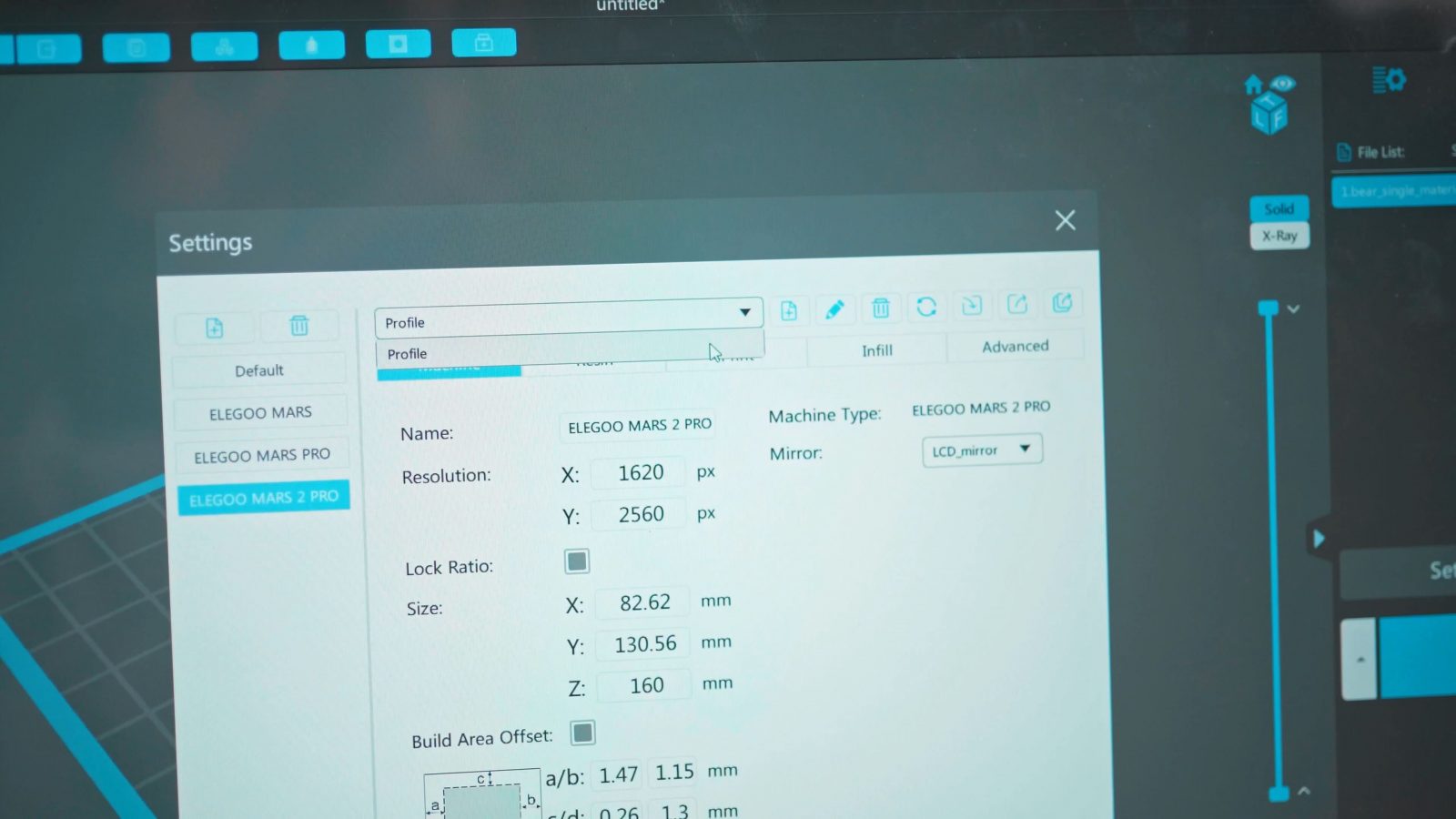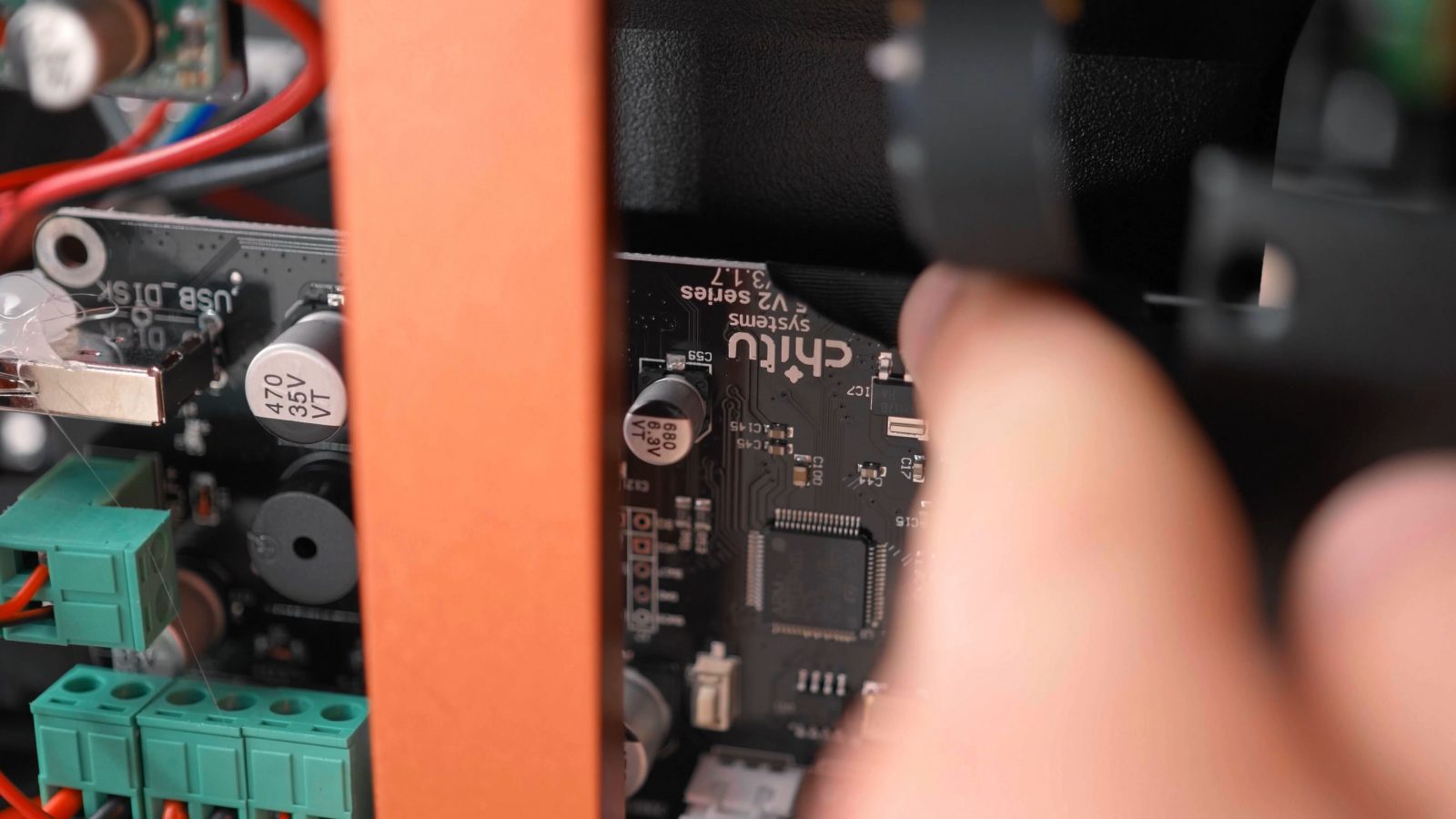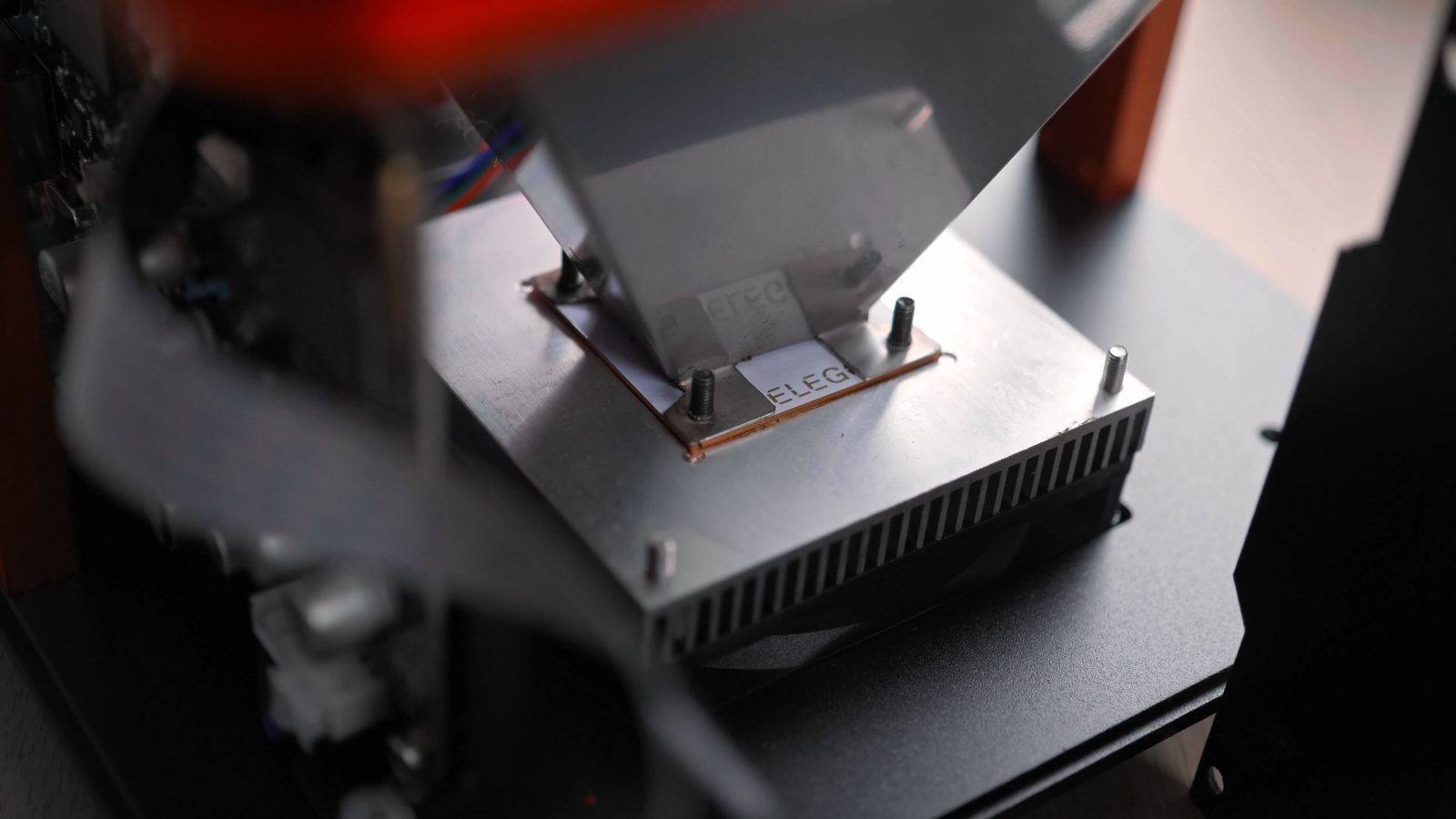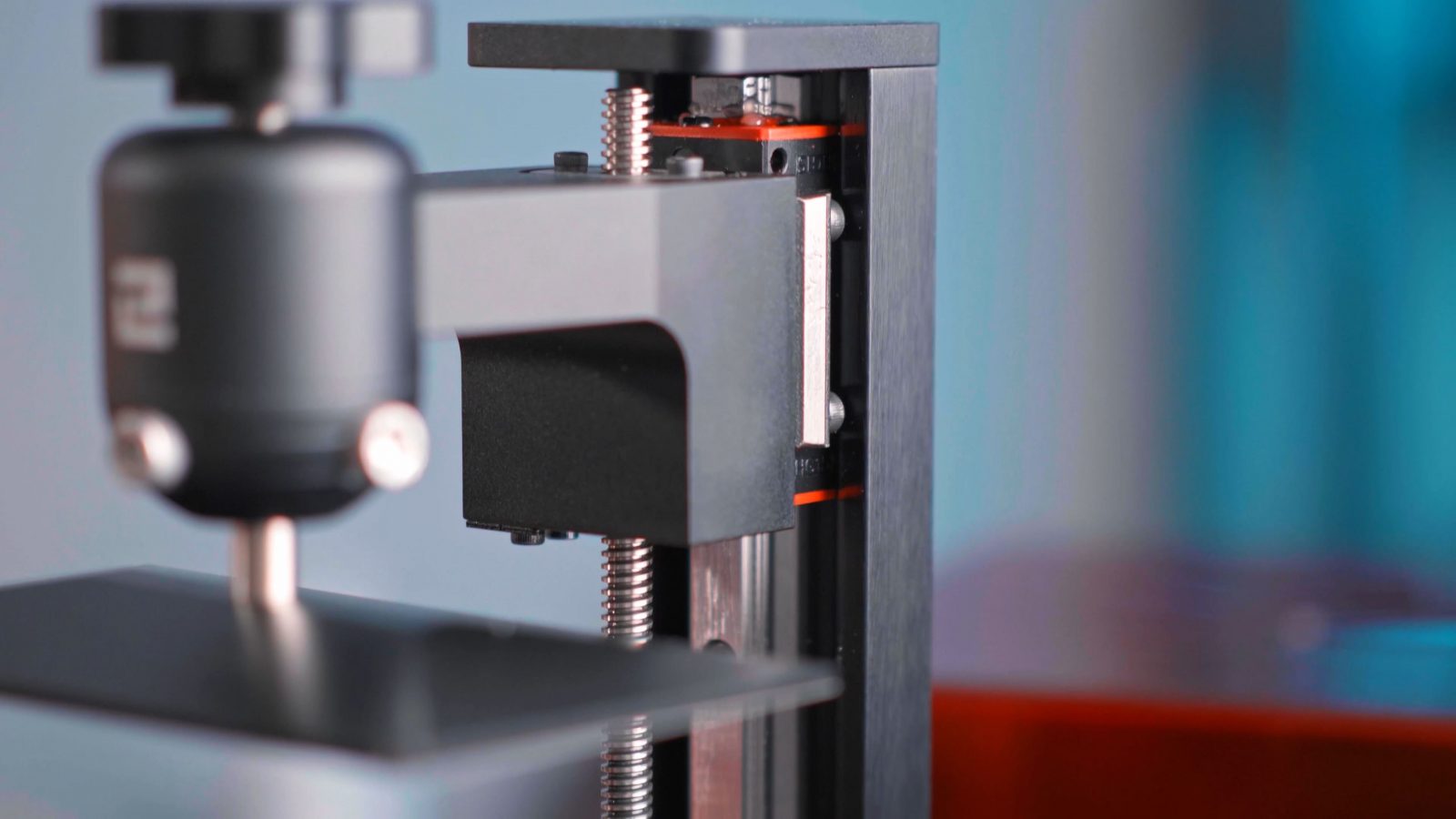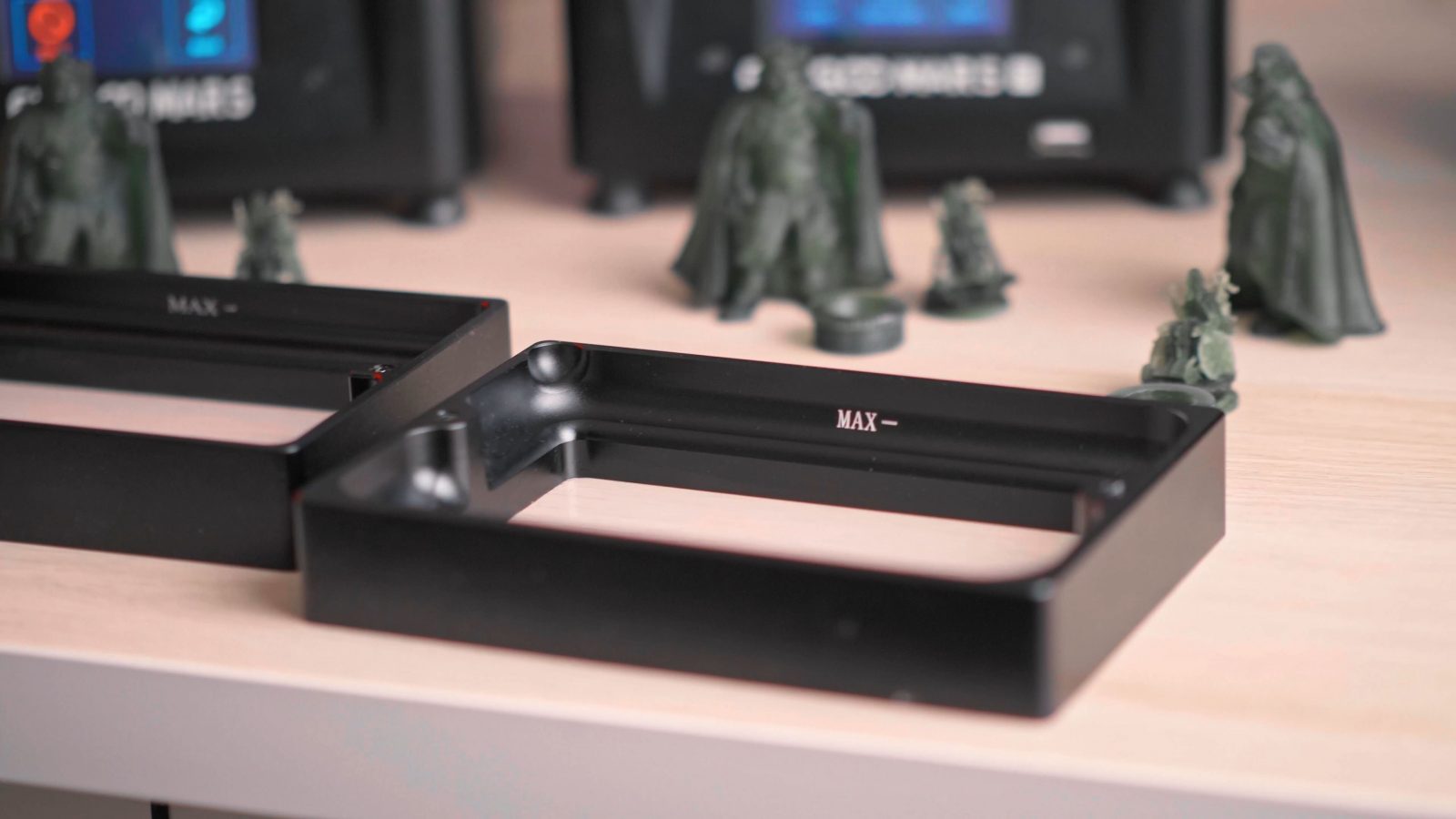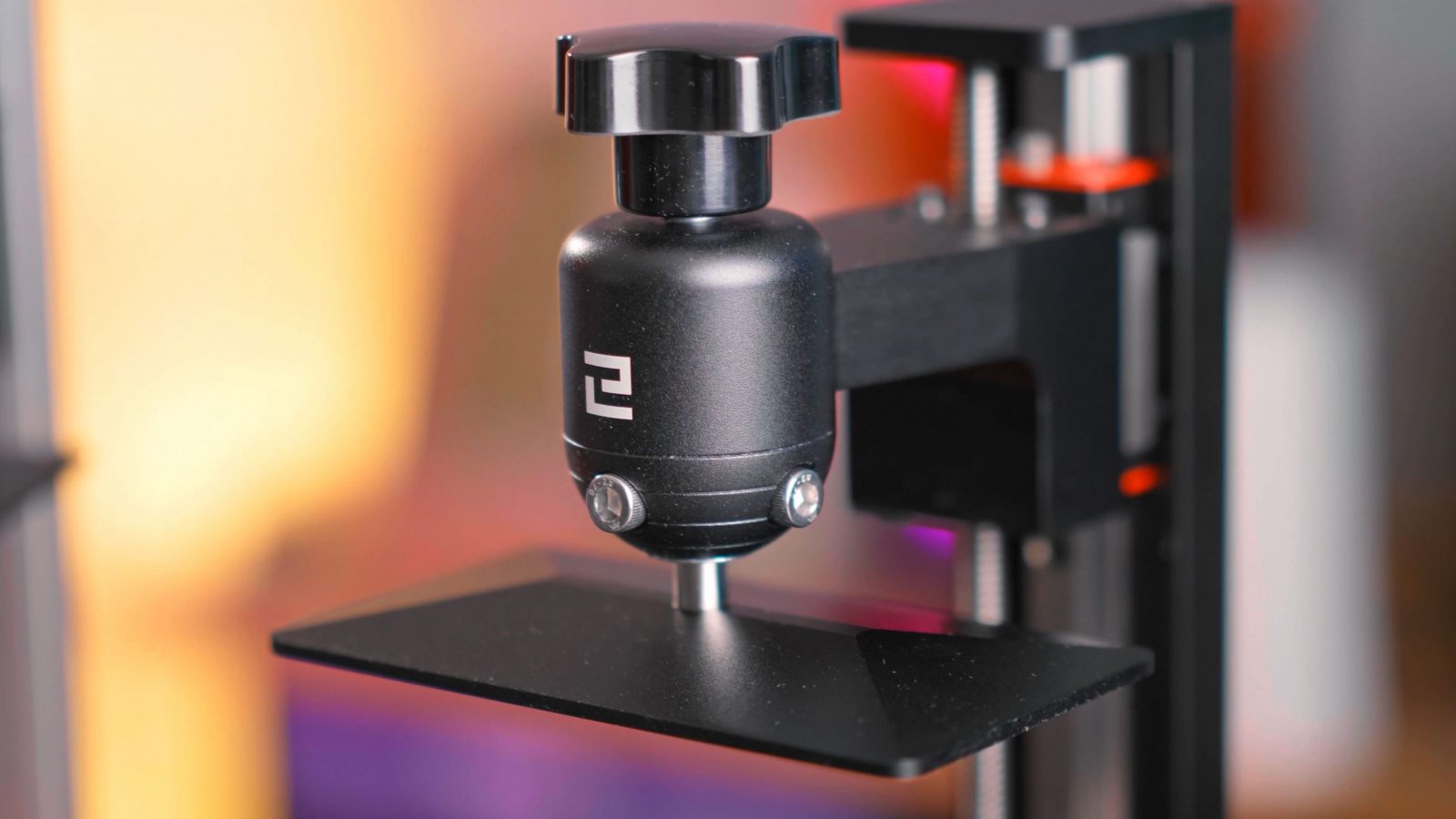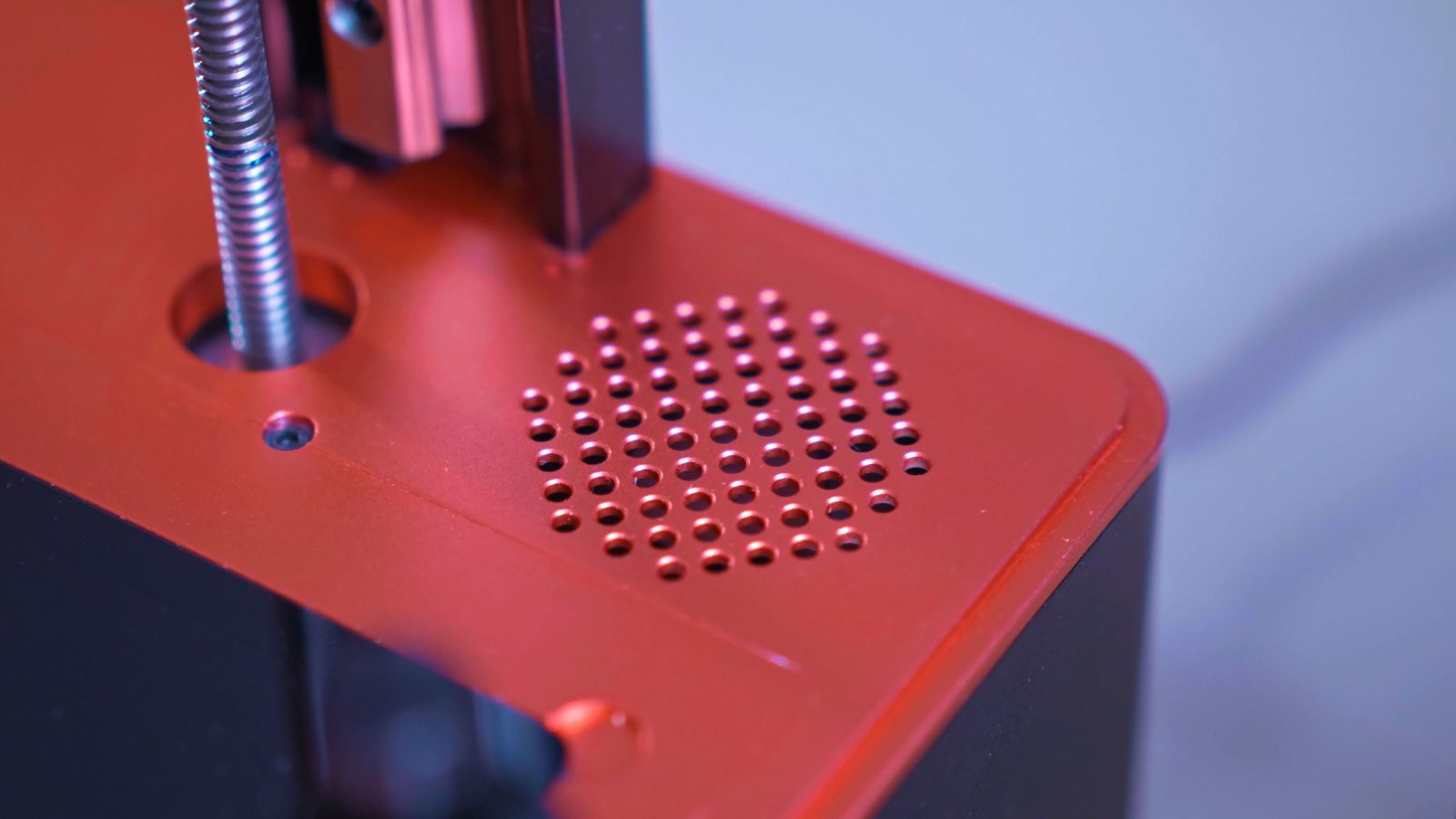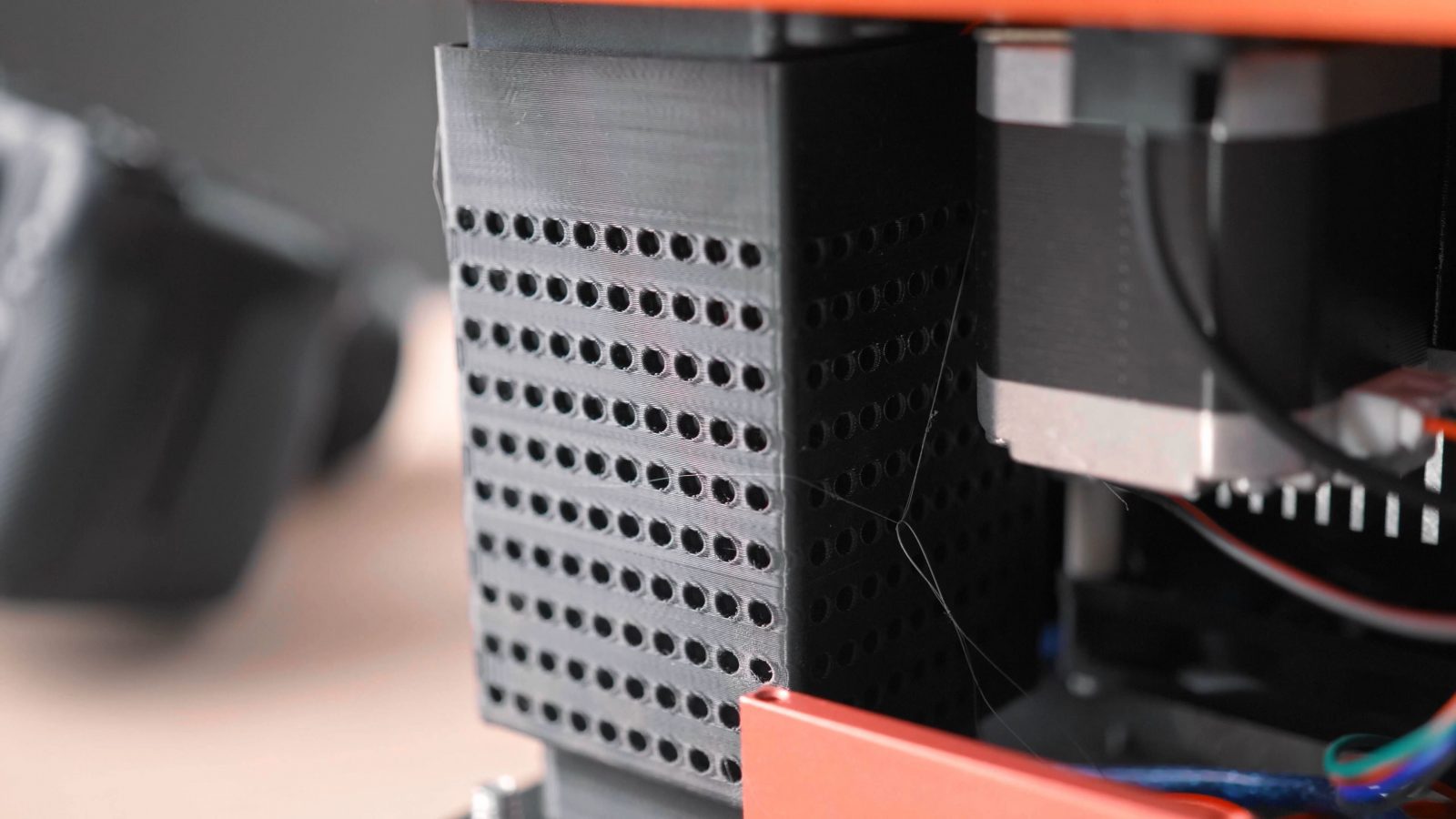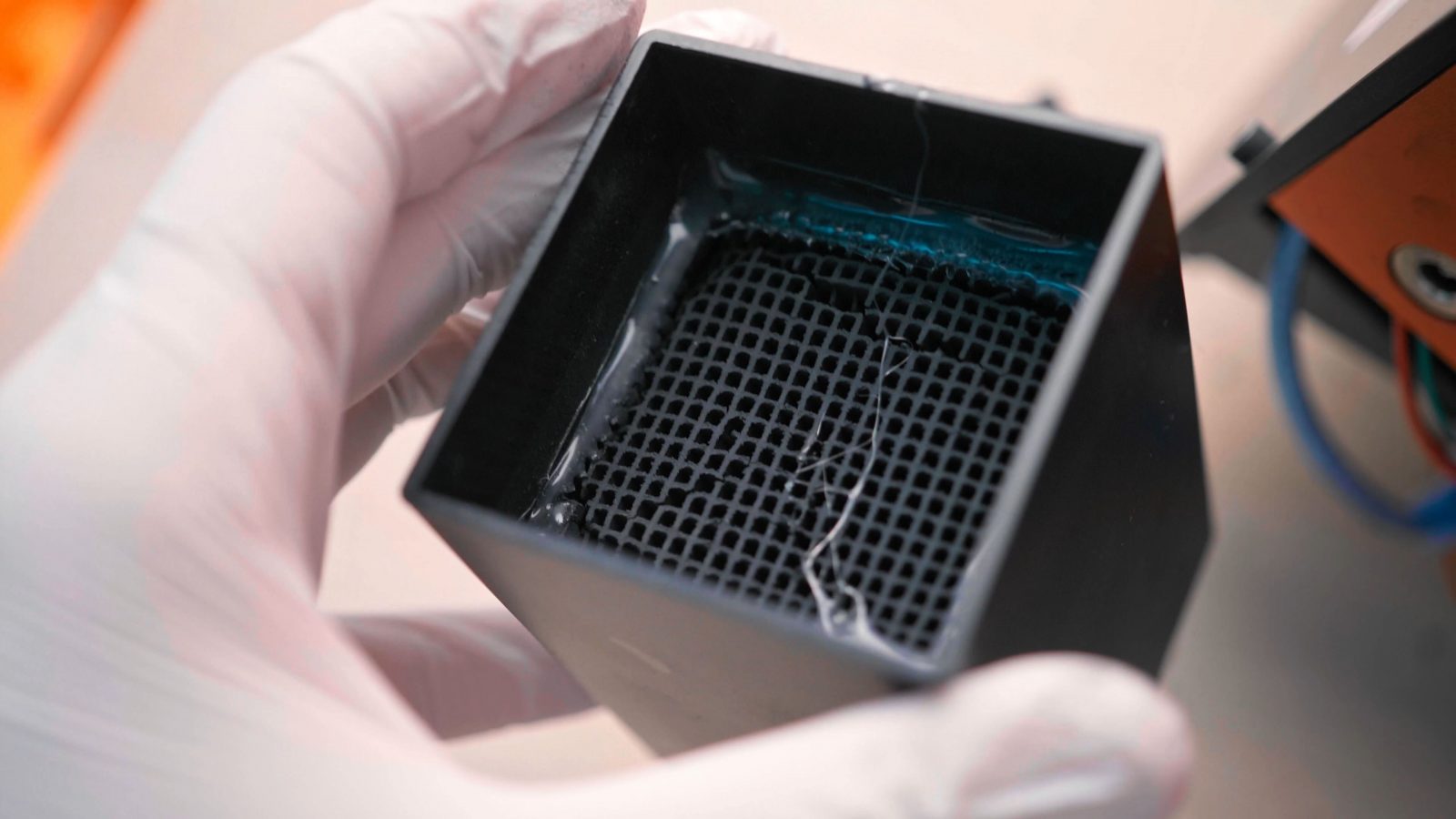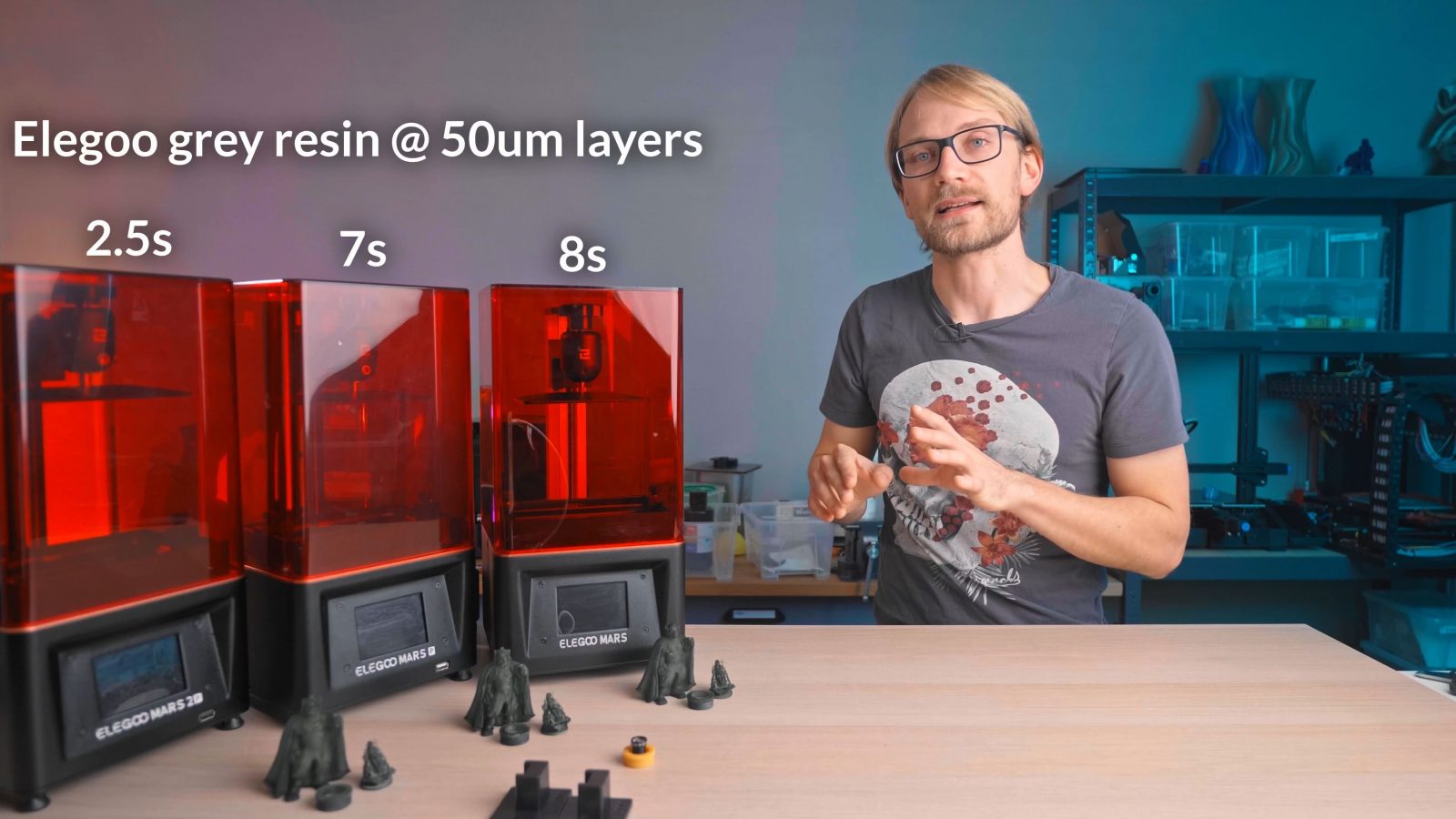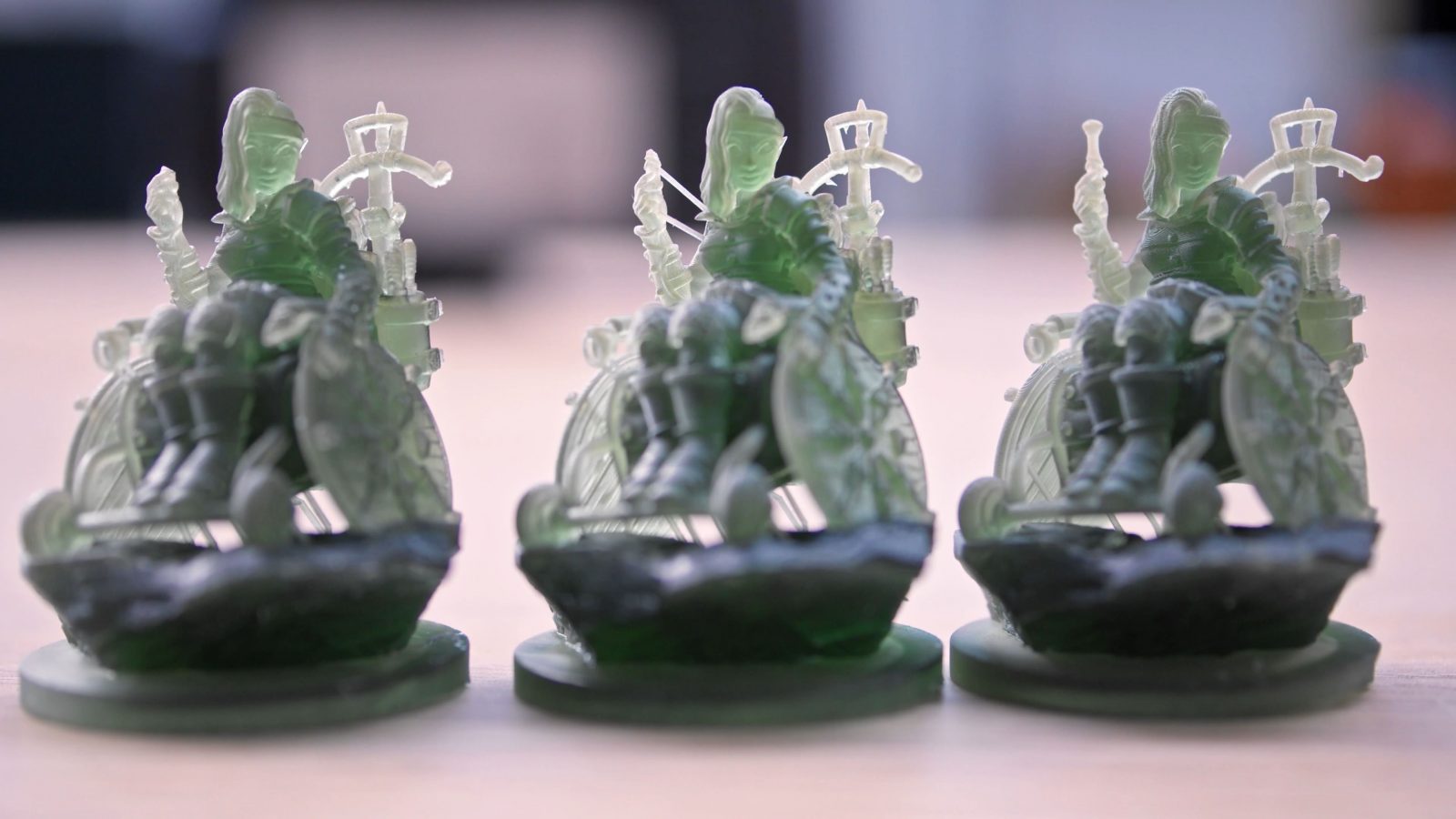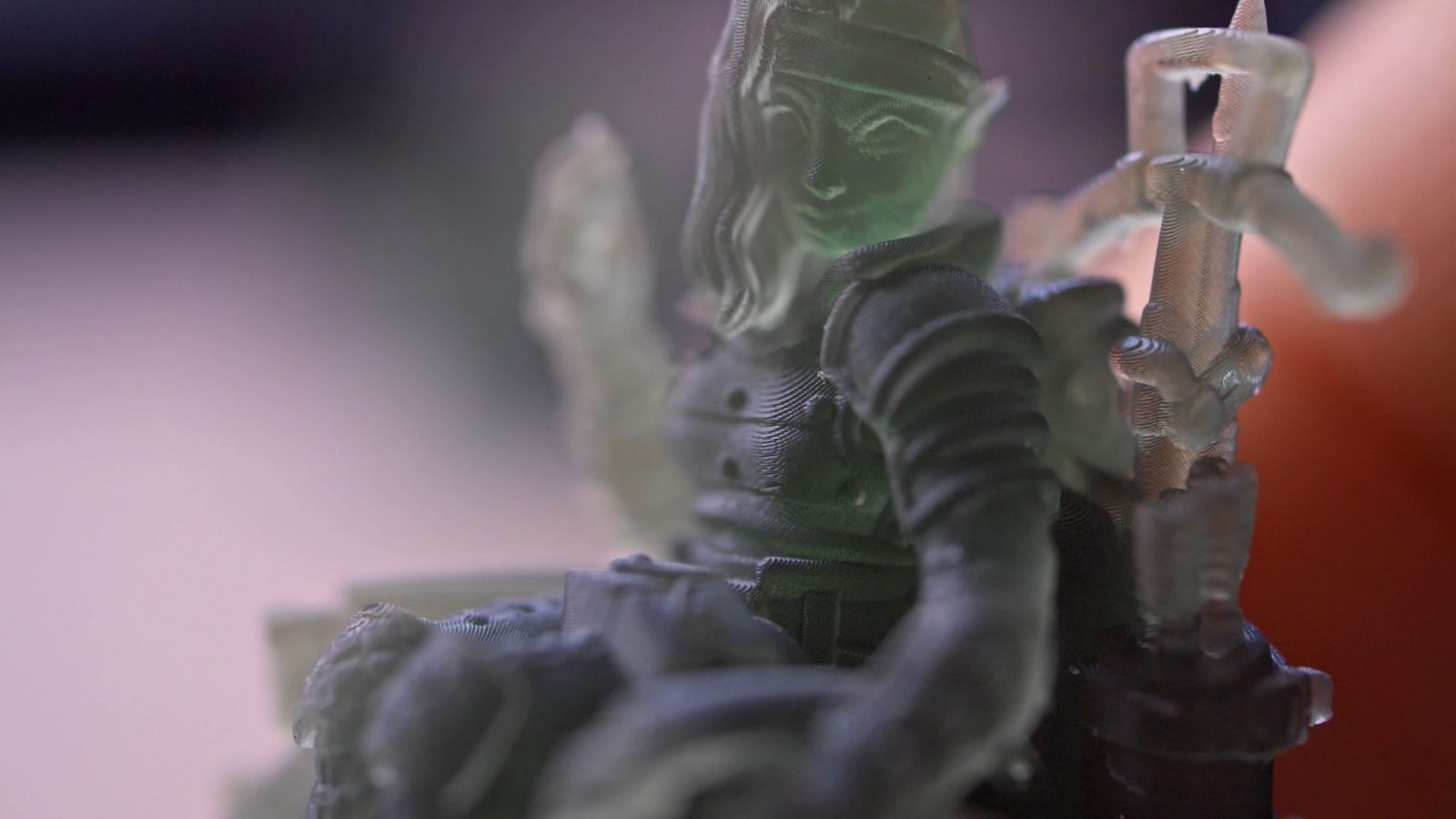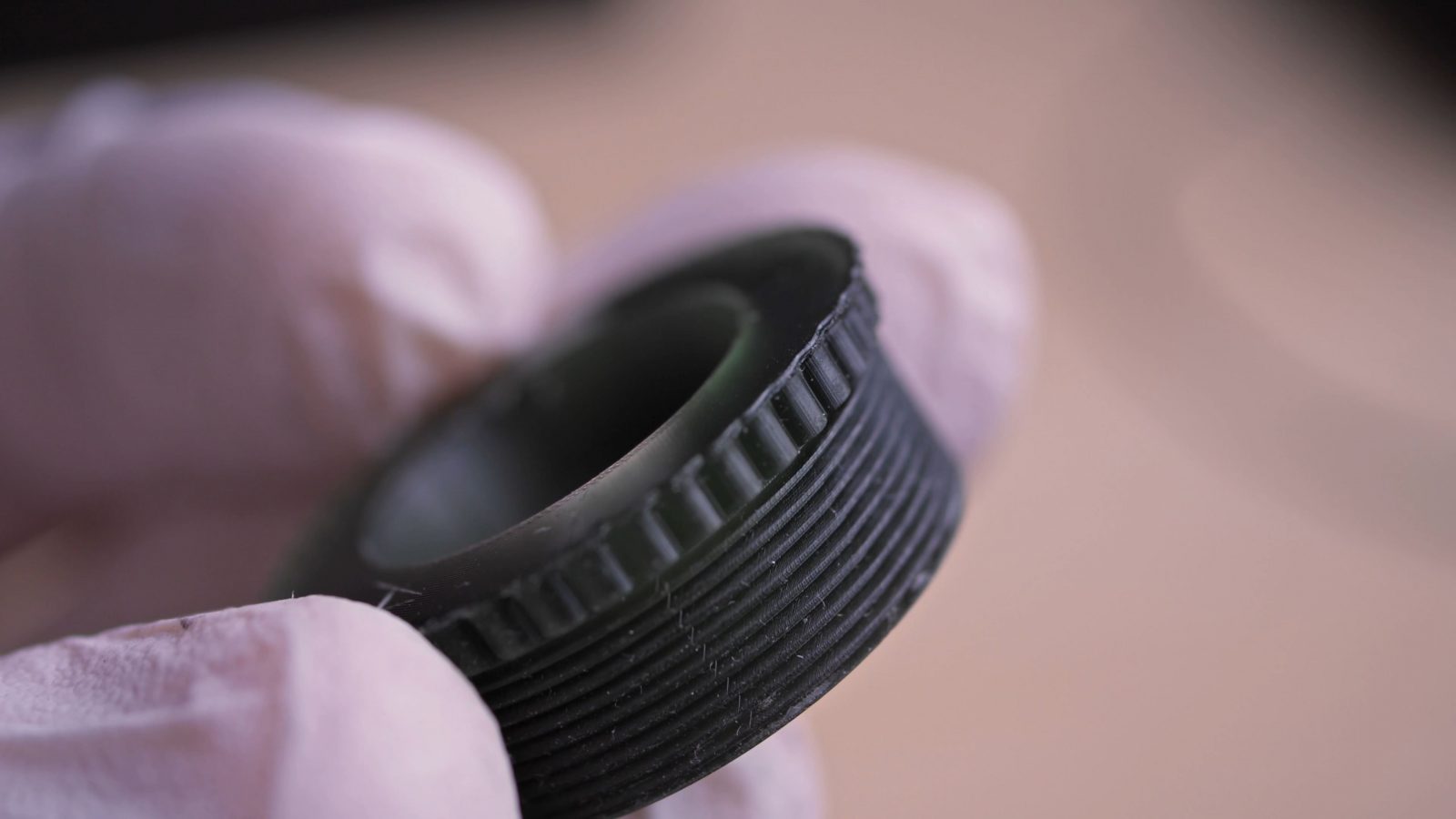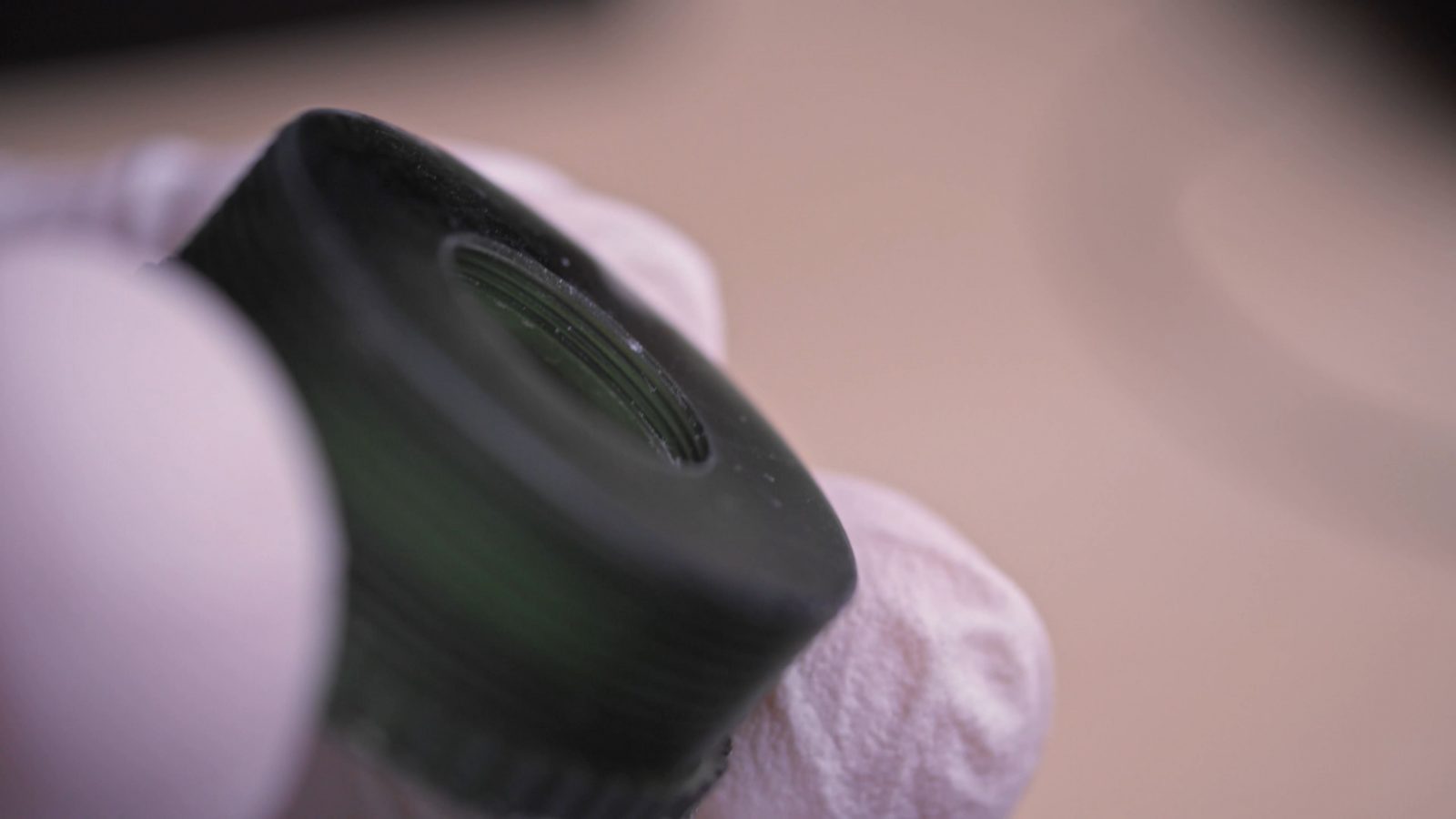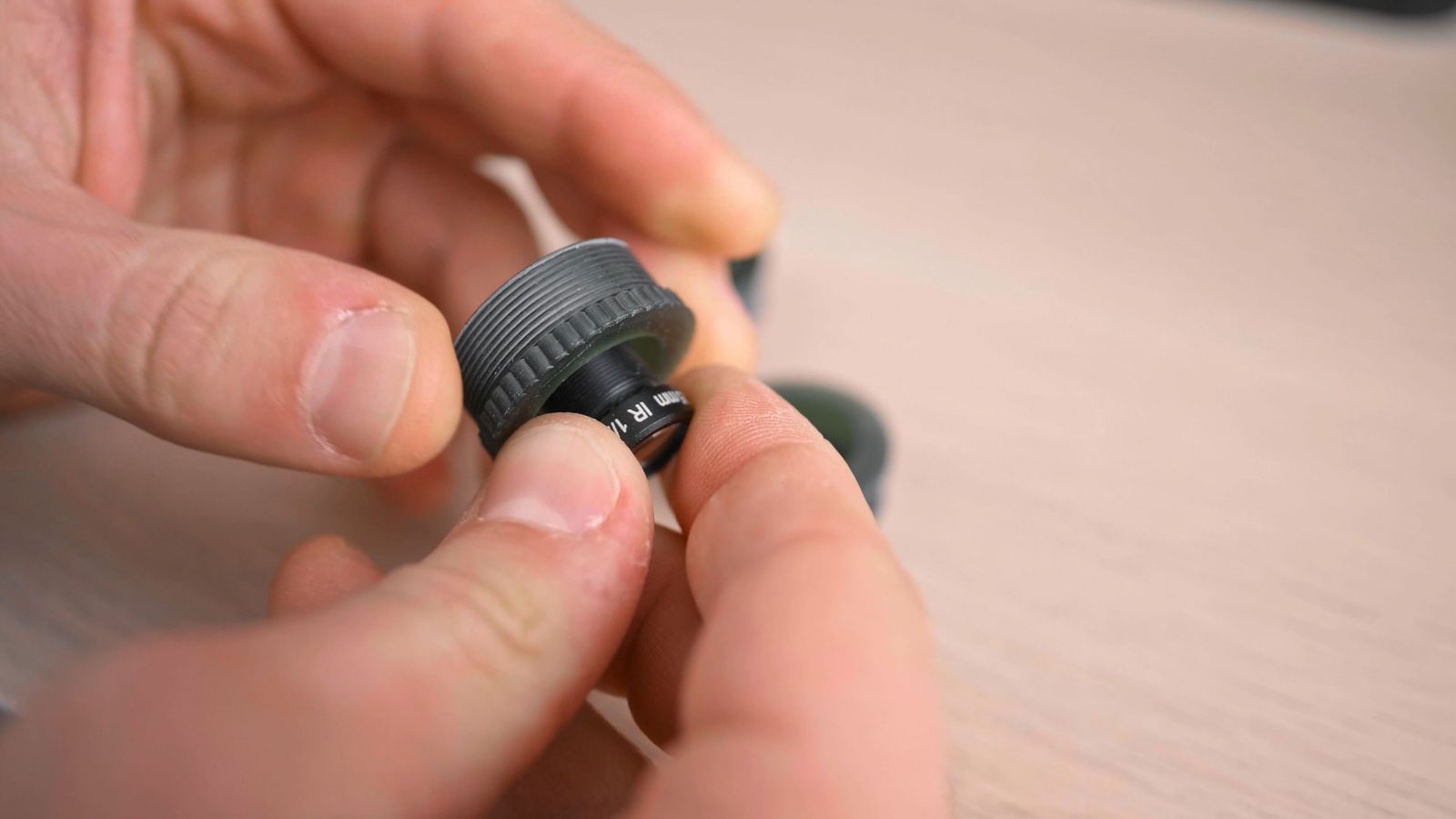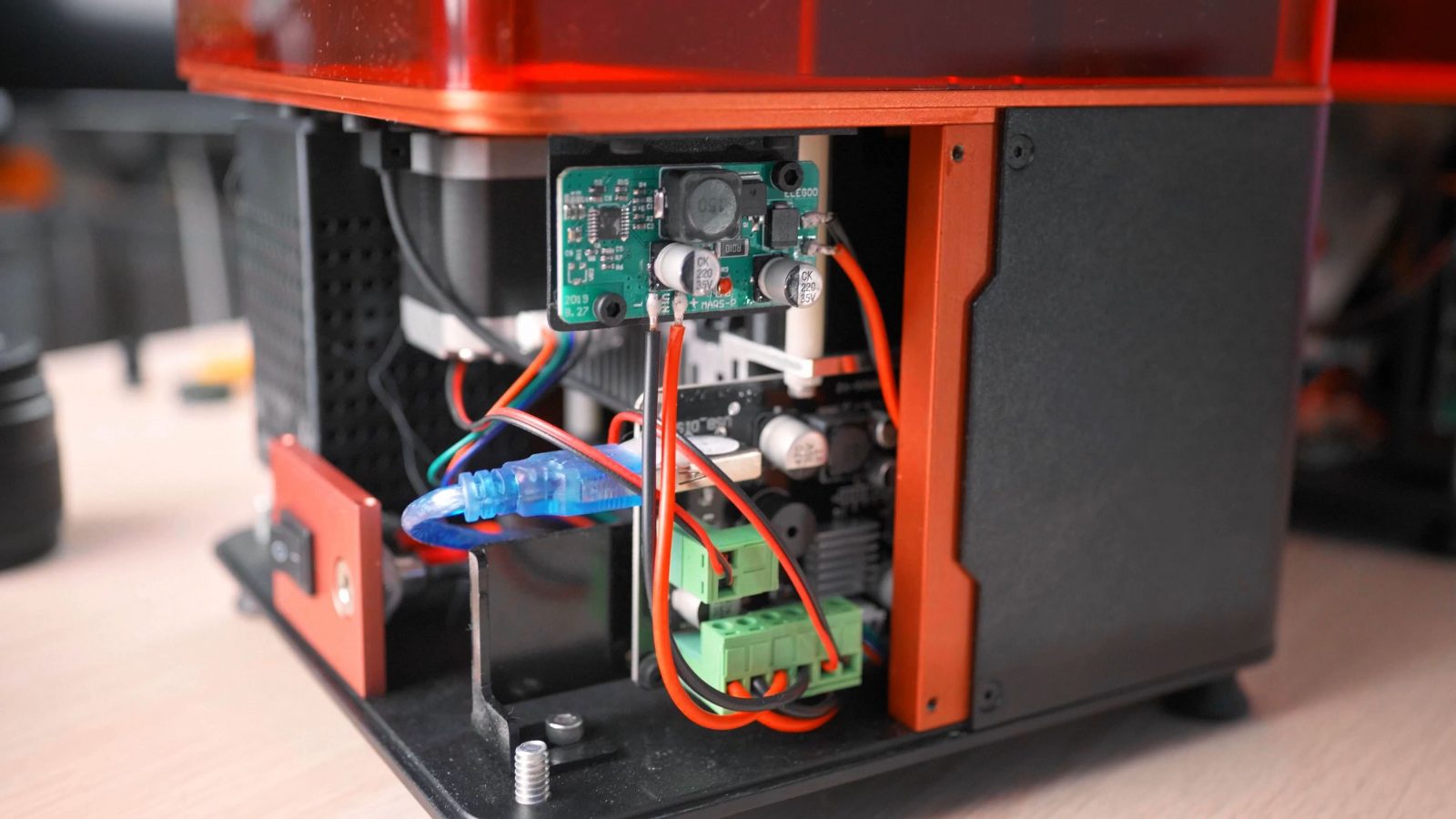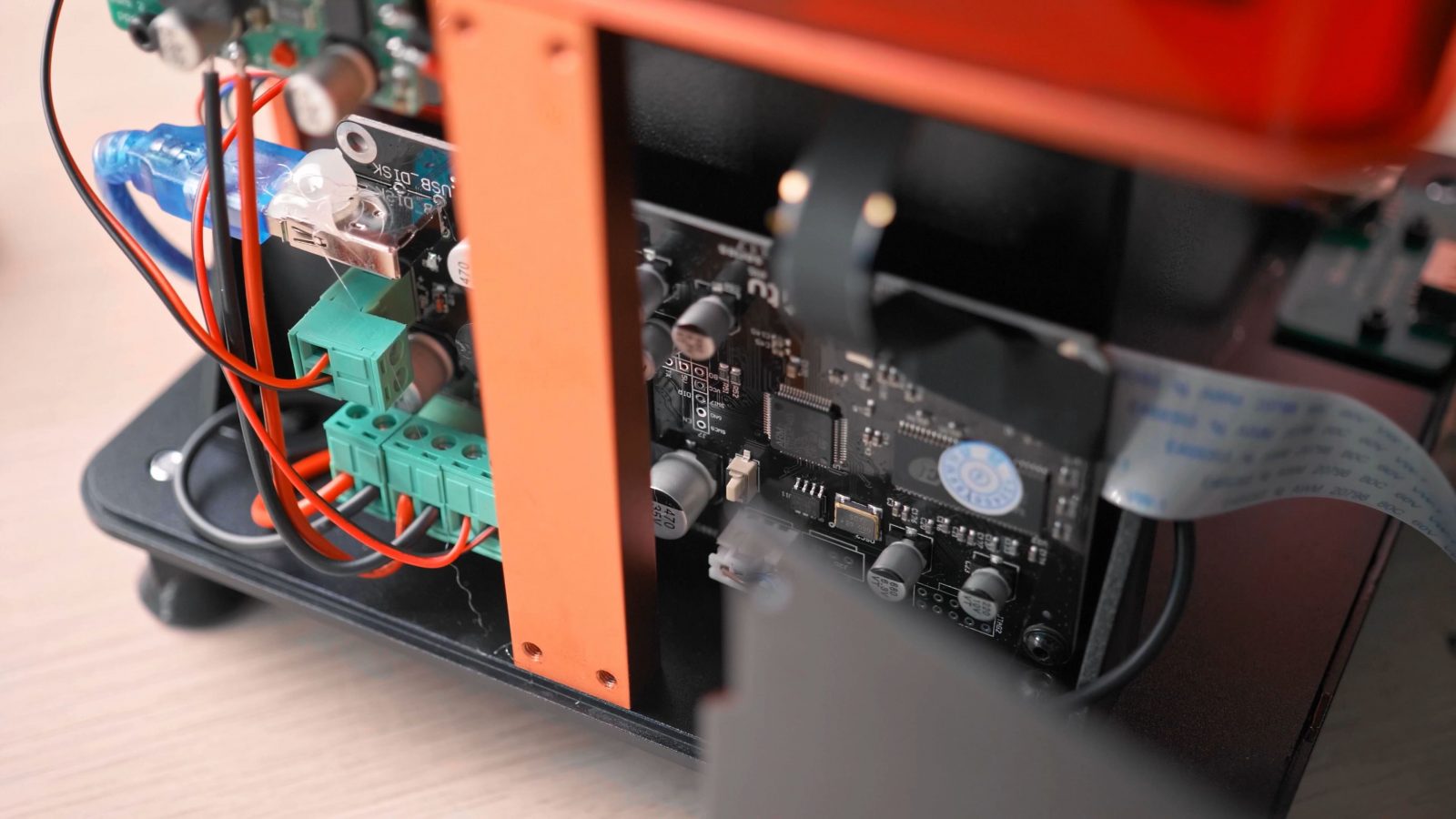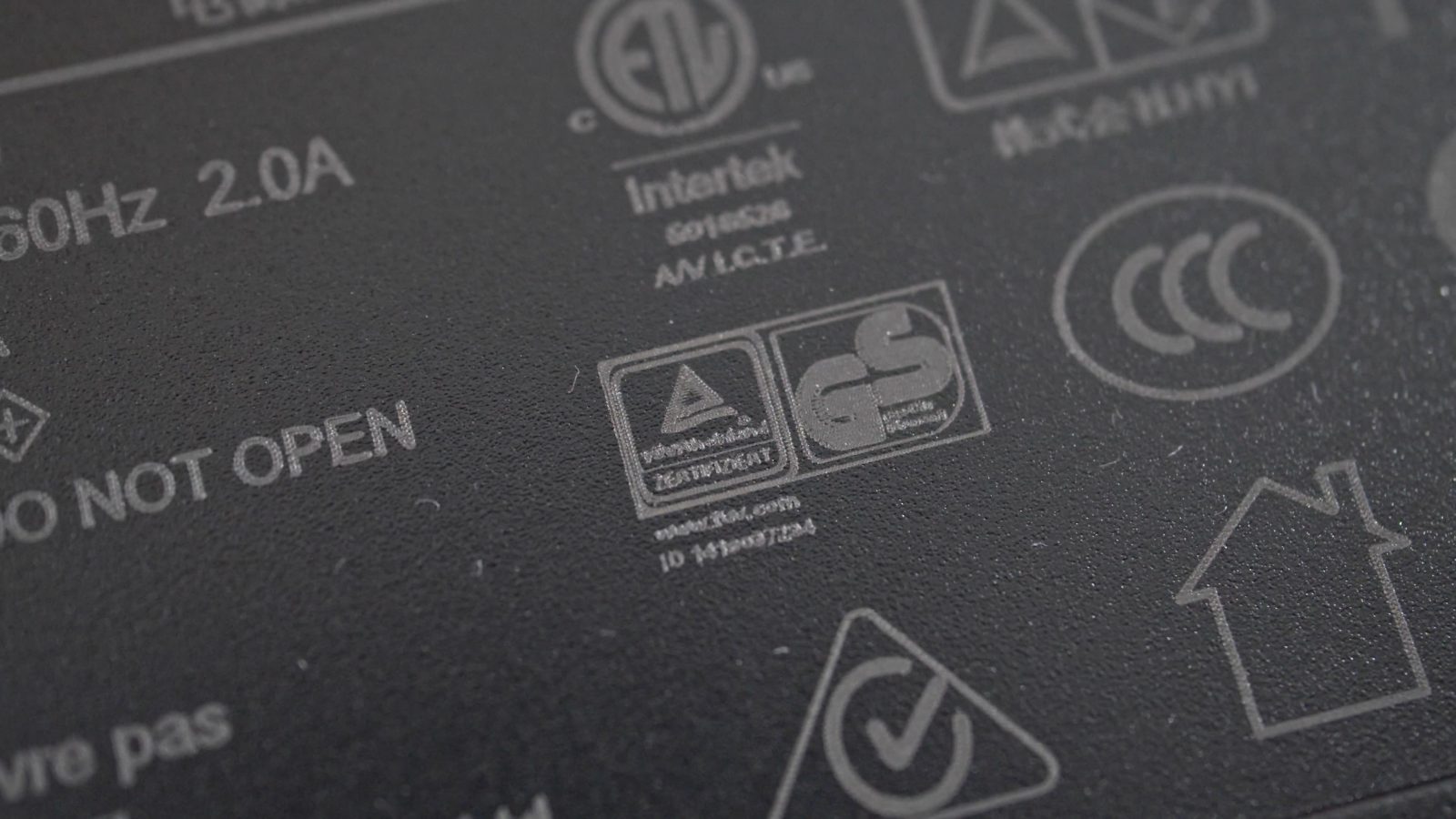Elegoo has really become known for their resin printers recently – but originally, they’ve been doing robotics and Arduino stuff. And that shows. In a good way. Today we’re going to take a look at their Mars lineup, specifically, the Mars, the Mars Pro, and the Mars 2 Pro. They’ve also got a cost-down Mars-C, and in the future, apparently, there will also be a Mars 2 non-Pro. But these 3 models are arguably the most popular ones they offer, so what I wanted to find out is what the differences between these printers are in practice and whether the extra cost is actually worth it for the Mars Pro and Mars 2 Pro
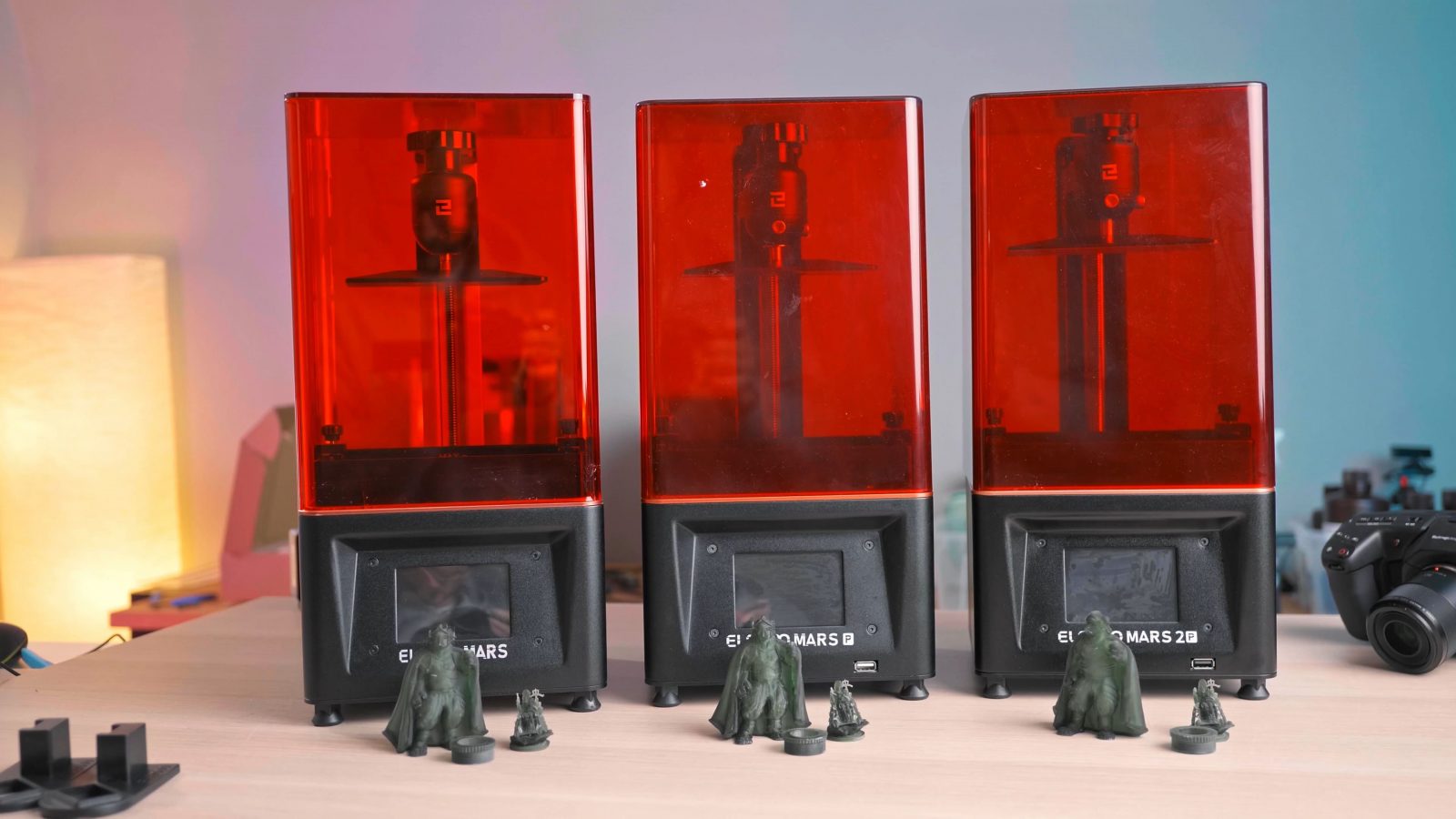
Similarities and differences – first overview
Alright, these printers look very similar – that’s because they are. The devil is in the details, though. They are all LCD-based resin printers, all at very similar print size, resolution, and speed, yes; they all run on the Chitu platform, which means you get to use the ChituBox slicer with premade profiles, and the printers themselves are using the Electronics kit from Chitu.
That actually means they are incredibly similar to basically any other printer that also uses the Chitu ecosystem, which is, most of them, actually, like the Anycubic Photon, Phrozen Sonic Mini, or Creality LD-002R. Great job on that name, Creality!
Each one of these printers from Elegoo is a basic, but really good machine in practice. Print quality on each one is great, as you would expect from a resin printer. There are marginal differences, which we will get to in a second.
None of them have any fancy features like a tilting bed or wifi connectivity or resin level sensors, these are really just basic, bare-bones workhorses.
The odd one out is actually not the Mars 2 Pro, but the original Mars.
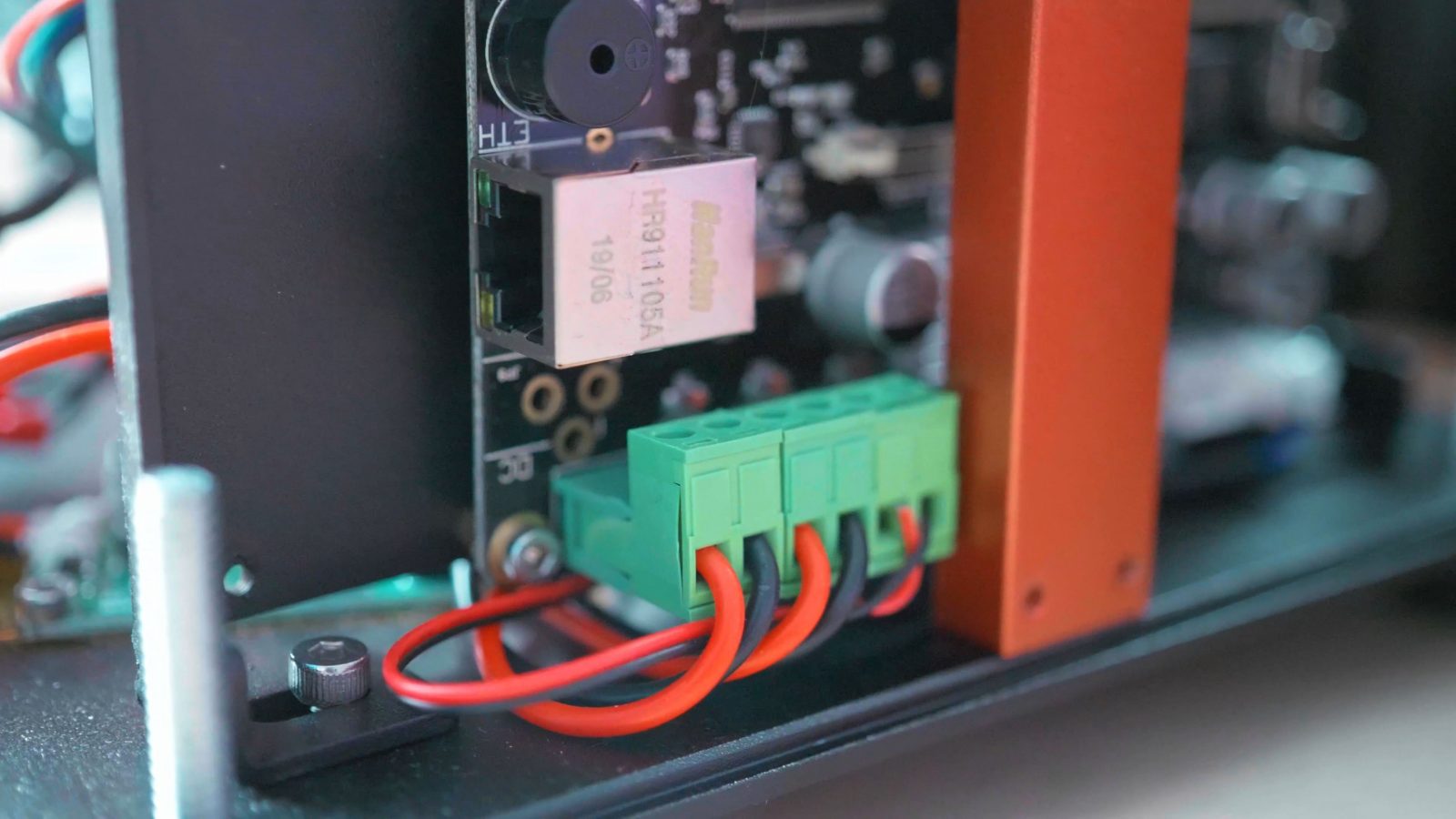
Mars with full Ethernet 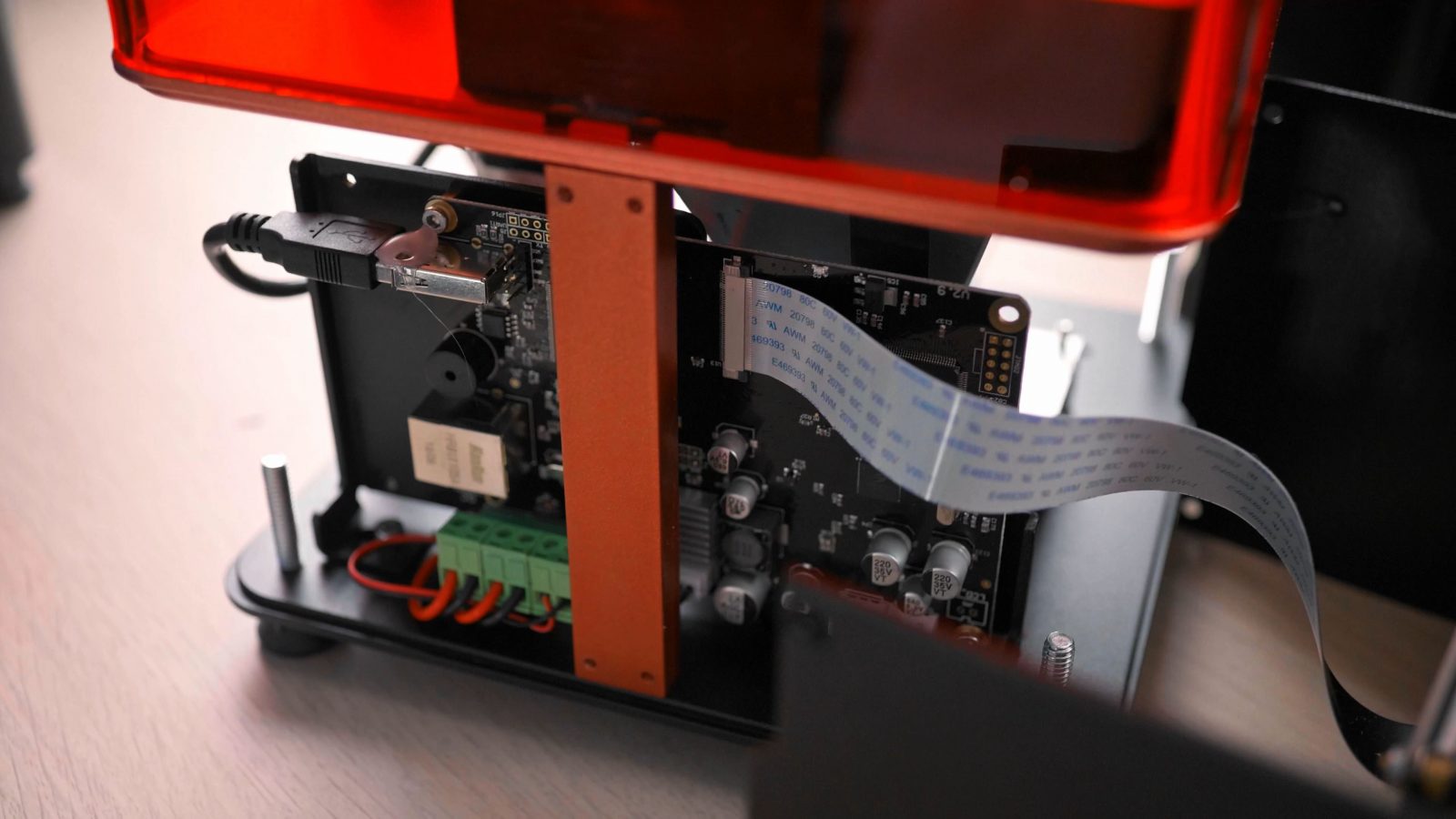
It uses an older version of the Chitu mainboard, that actually has a full Ethernet port on board that is disabled, but apparently, you can reflash a few things and actually get that to work.
The Mars also uses a very simple reflector-style LED assembly that supposedly isn’t curing parts very evenly – I tested that – and it has a different Z-axis assembly, which uses little roller wheels on this track instead of the linear rails that the Mars Pro and Mars 2 Pro use.
The resin VATs are compatible between all these printers, as are the build plates with the excellent ball head adjustment mechanism, but the one on the Mars 2 Pro is slightly larger because it has a slightly larger build area, too.
They went from a textured, anodized surface on the Mars to a grooved finish on the Mars Pro back to a textured surface on the Mars 2 Pro.
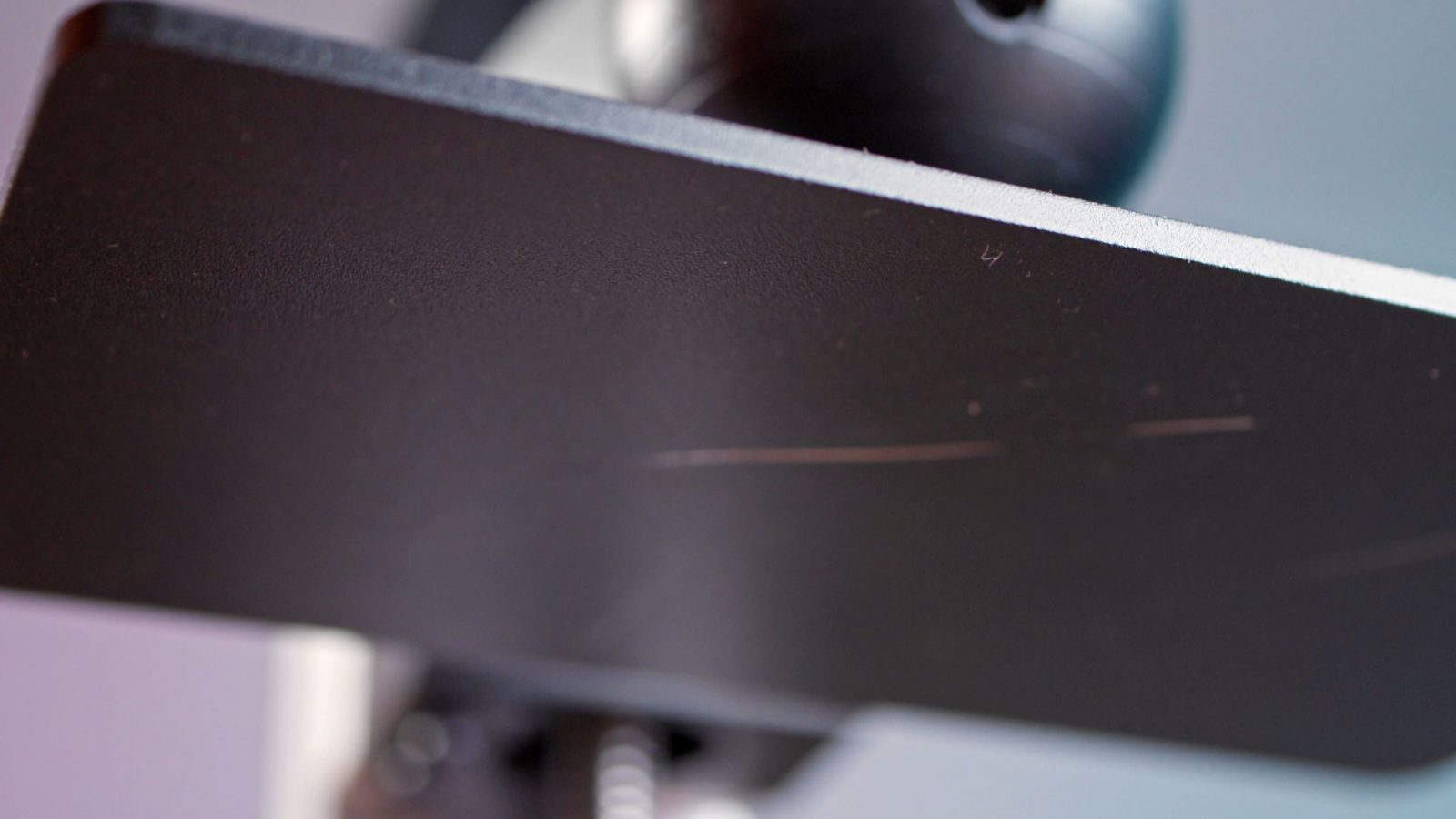
Mars 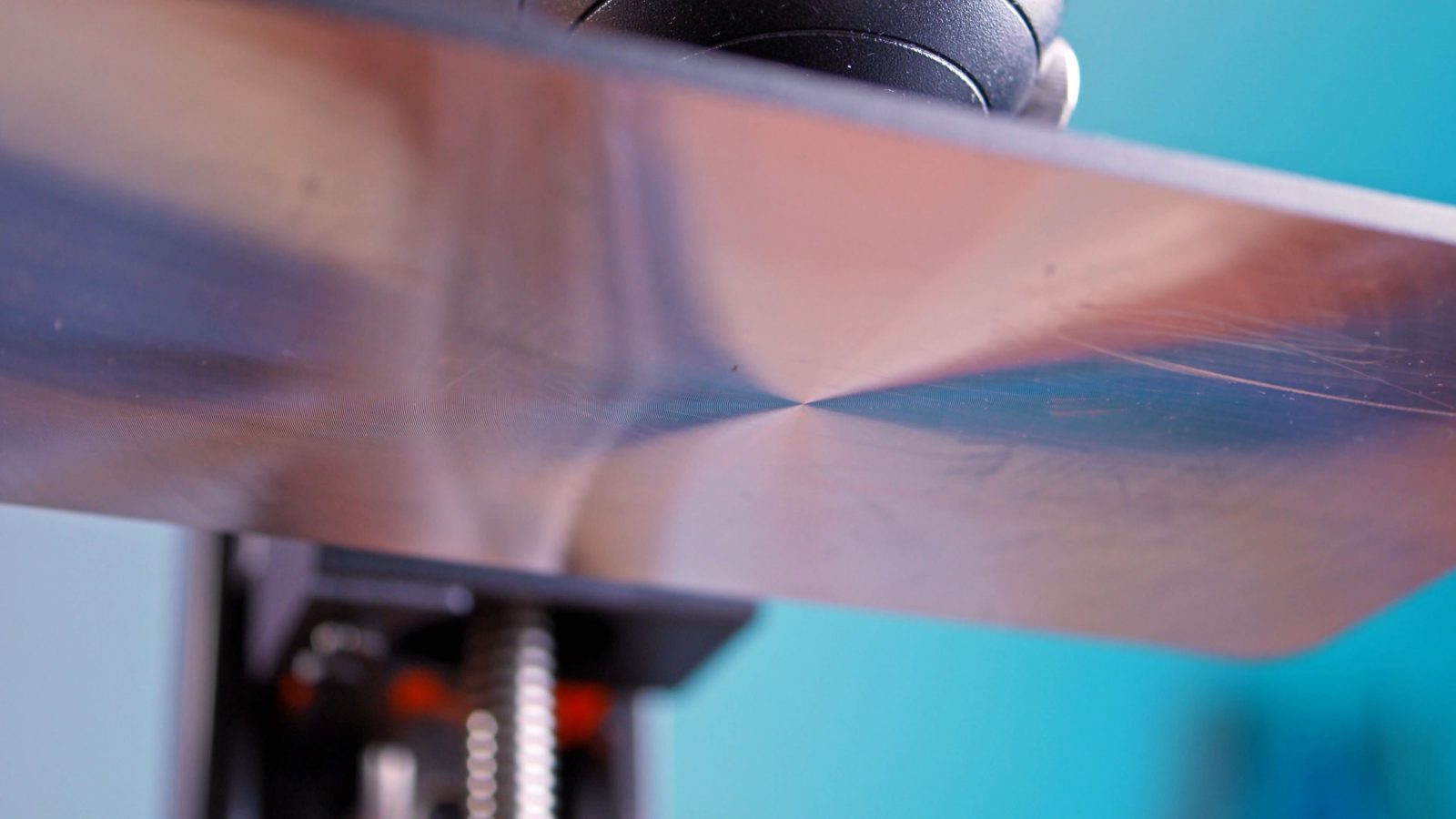
Mars Pro 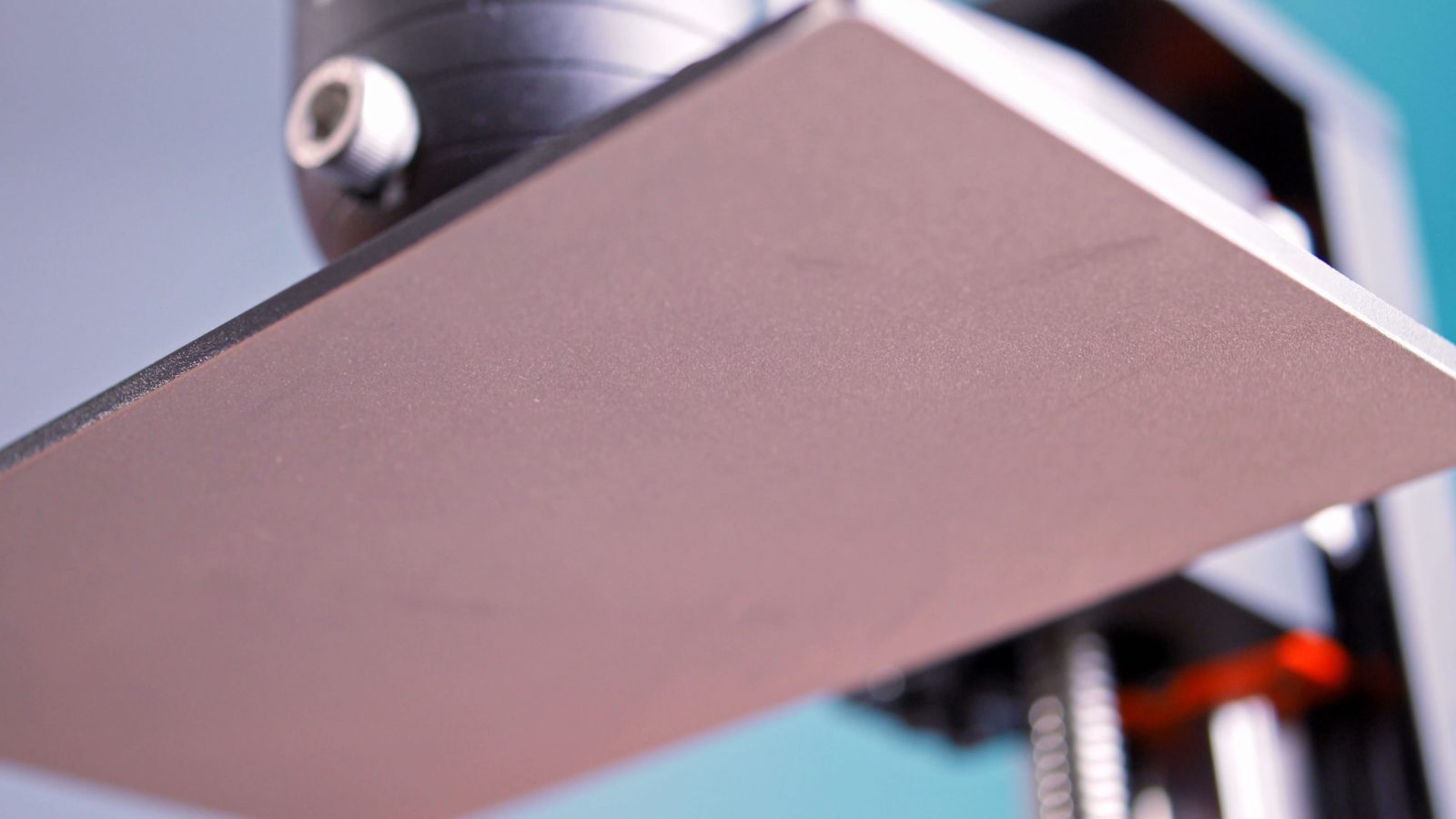
Mars 2 Pro
The two “Pro” models also have an activated carbon filter built-in, which does somewhat reduce the printing smell, but these filters do get used up quicker than you might think, and I was not able to find where you would buy replacements. So once you use up the filter that comes with the printer, you’re left with essentially a printer that now actively blows unfiltered air into your room. But it looks like you can buy the same filter unit as a standalone device and retrofit it onto any resin printer, so, eh?
LCD and UV LED
The real differences are in the core of the printing system, the LCD and the UV LED. The Mars and Mars Pro use an off-the-shelf LCD, complete with the RGB color filter.
Because the printers are only using near-UV light, you only get the blue sub-pixels to actually transmit light, while the red and green ones always block the UV light, even when you actually want to expose that pixel. The Mars 2 Pro now uses an LCD without the color filter, so in practice, it can let 3 times as much light pass through to expose the resin. And that reflects in the curing times per layer – the Mars 2 Pro takes around 2 or 2.5 seconds per layer to expose it, while the Mars and Mars Pro take around 7 or 8 seconds.
But that doesn’t mean that your prints are actually going to finish 3 times as fast, too, because the Mars 2 Pro actually spends the majority of its printing time moving the platform up and down to release each layer from the FEP film above the LCD and to let new resin flow in. This means, in practice, the Mars 2 Pro is about 30% faster, not 300%.
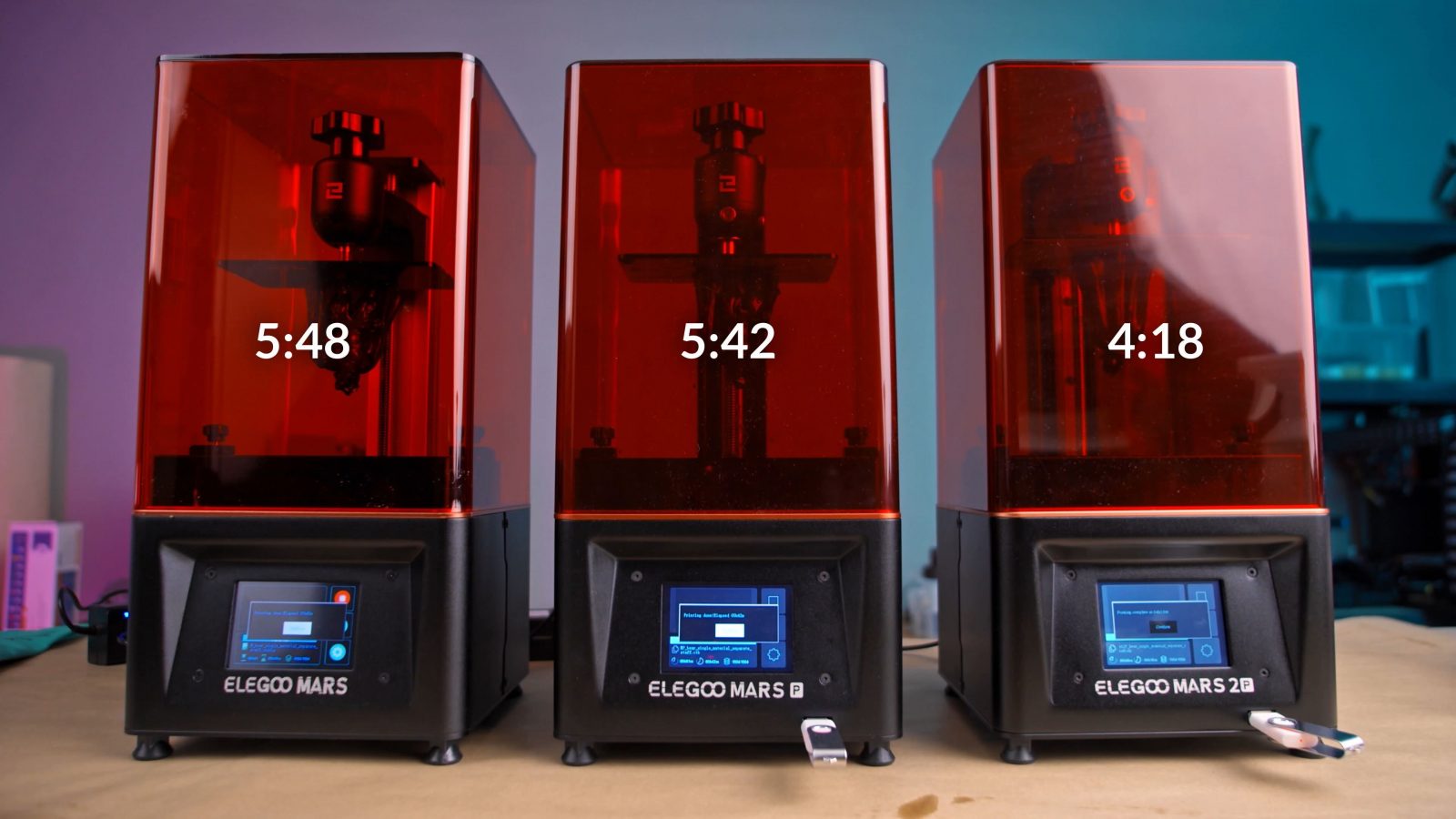
For small parts, you can actually save a significant amount of time by reducing the distance the bed moves up and down for each layer – but saves the same absolute amount of time for each printer and may come with some side effects.
However, the monochromatic screen should also last longer because it is still only being hit by UV light 1/3rd as long as the others, but it also absorbs less of the light, which means less heat generated. These screens are considered a consumable – it’s hard to find any real durability numbers, but the consensus seems to be anywhere between 1,000 and 10,000 hours, and probably a good bit longer for the Mars 2 Pro. The replacement screens for the Mars and Mars Pro are a bit over 20 bucks, while the panel for the Mars 2 Pro is a bit over 50 bucks. They’re a bit hard to find, so I put a link to the panel in the description below. The screens for the Mars and Mars Pro include an extra layer of tempered glass – basically, a screen protector, while on the Mars 2 Pro, you’re using the LCD panel directly with no extra protective layer – so be careful with it.
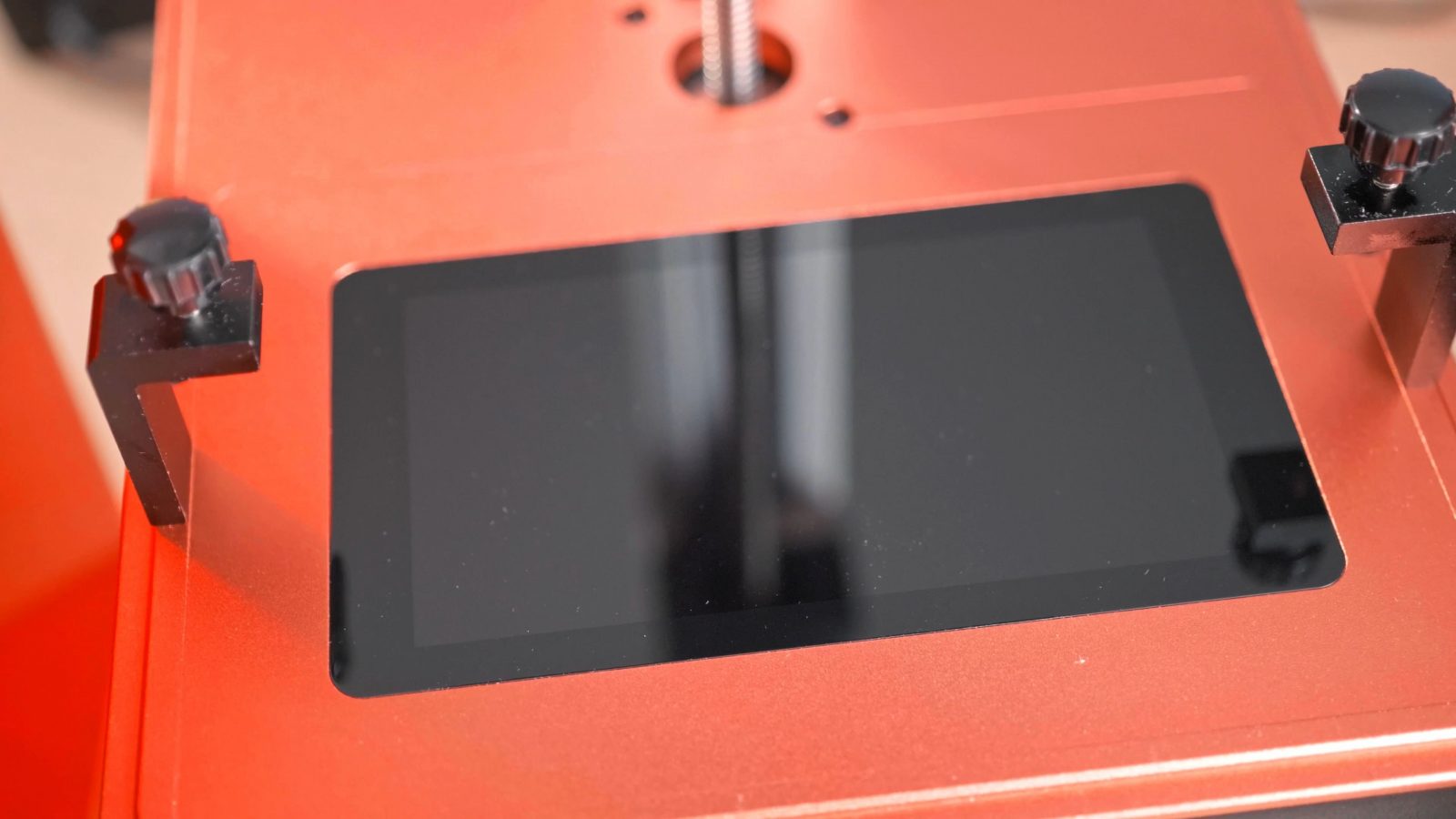
Mars and Mars Pro 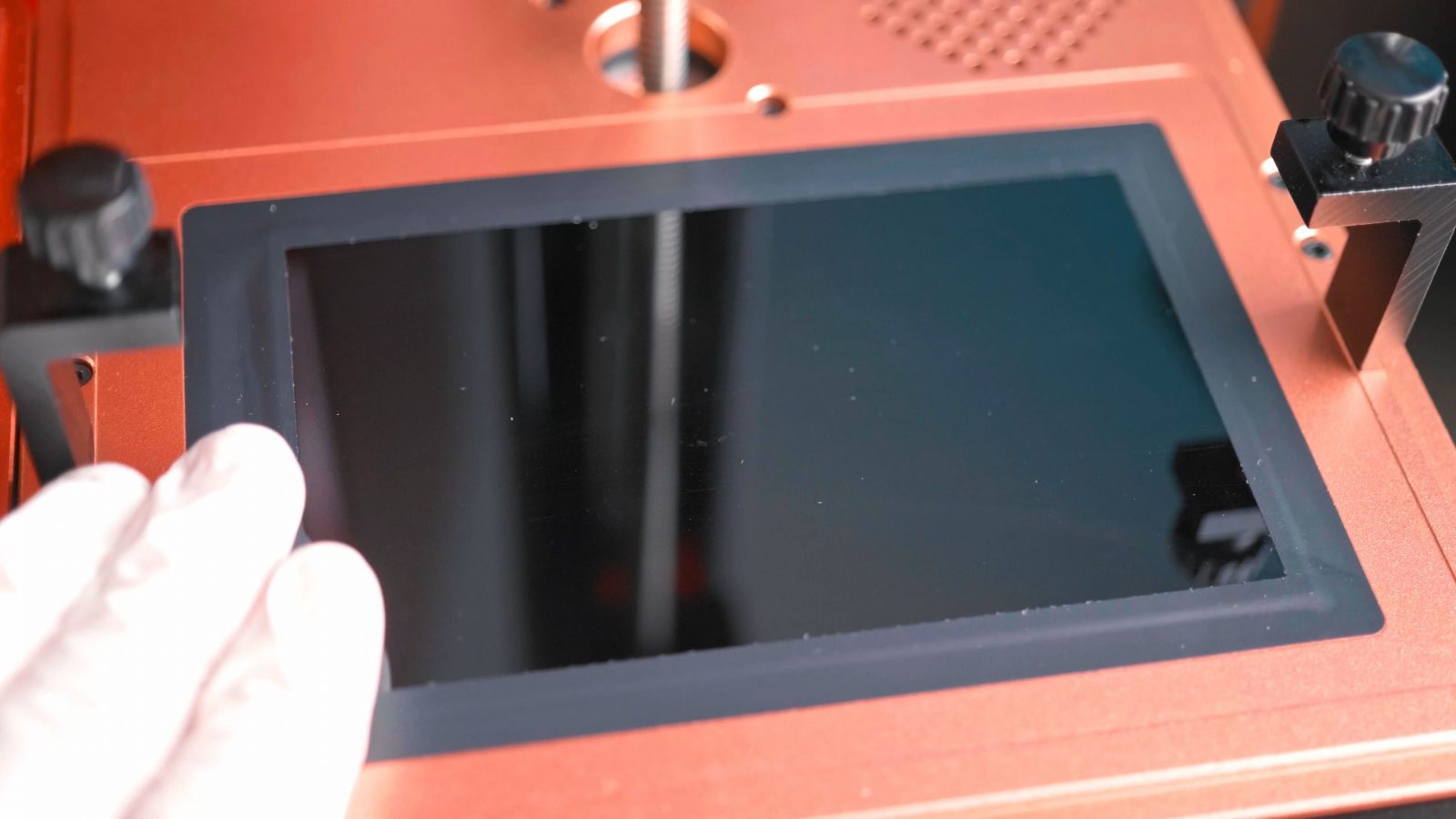
Mars 2 Pro
The other difference between the Mars, Mars Pro and Mars 2 Pro is the actual UV LED. The Mars uses a single LED and a very simple reflector, the Mars Pro uses an LED array with tiny individual lenses for each LED, and finally the Mars 2 Pro is back to a single LED, but this time using a lens and an increased distance from the screen to the LED to make for a more even exposure.
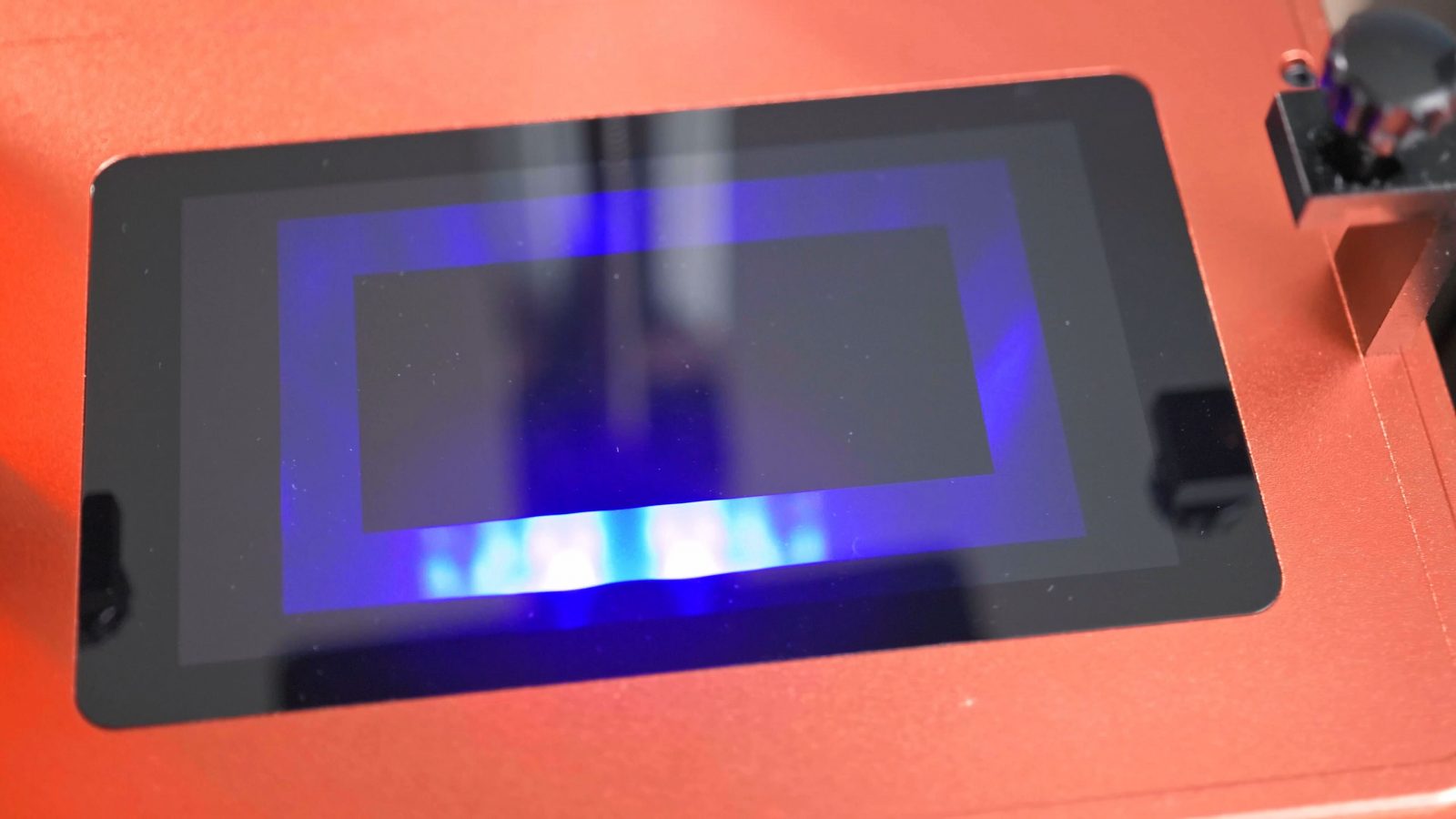
Mars 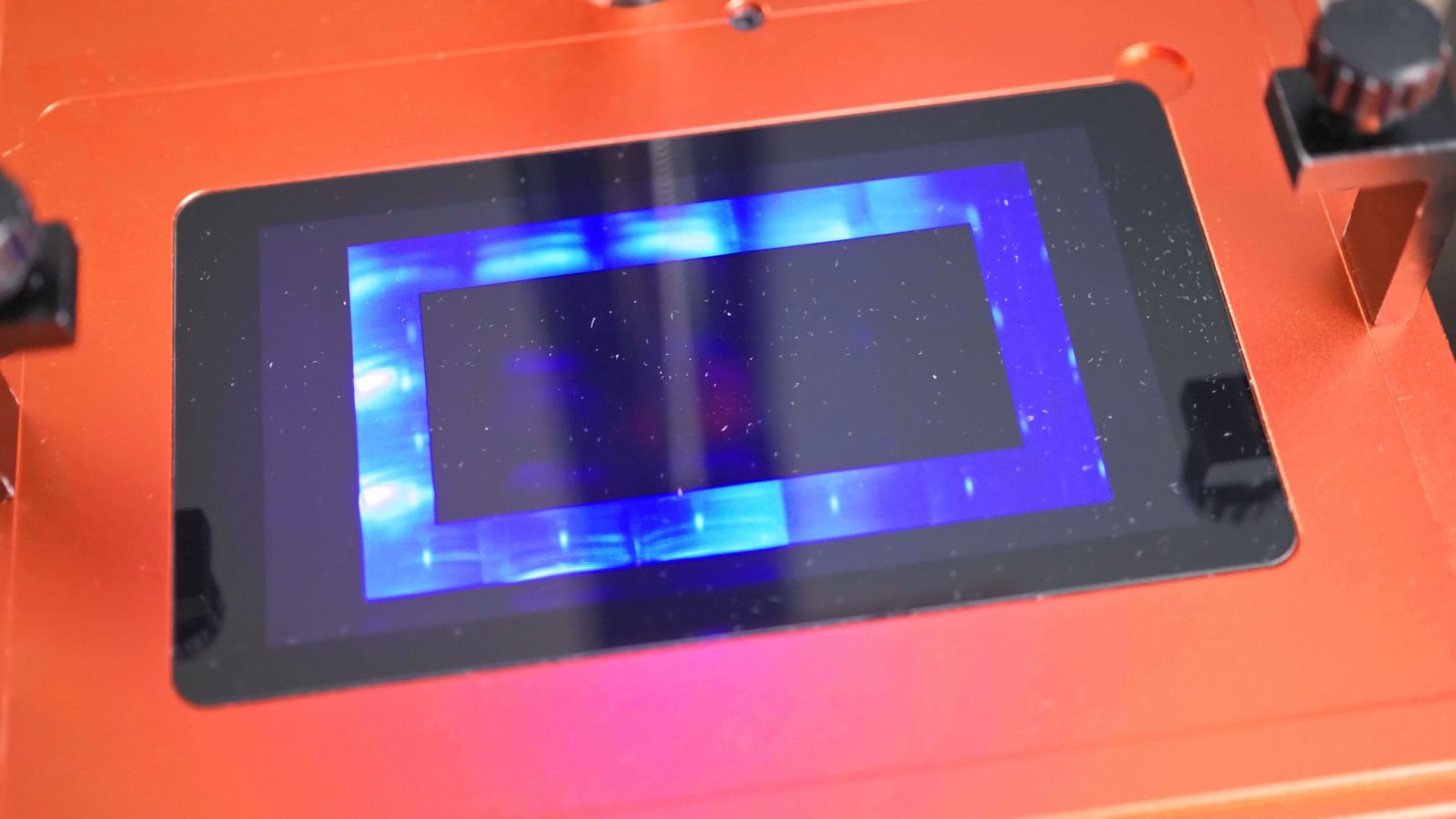
Mars Pro 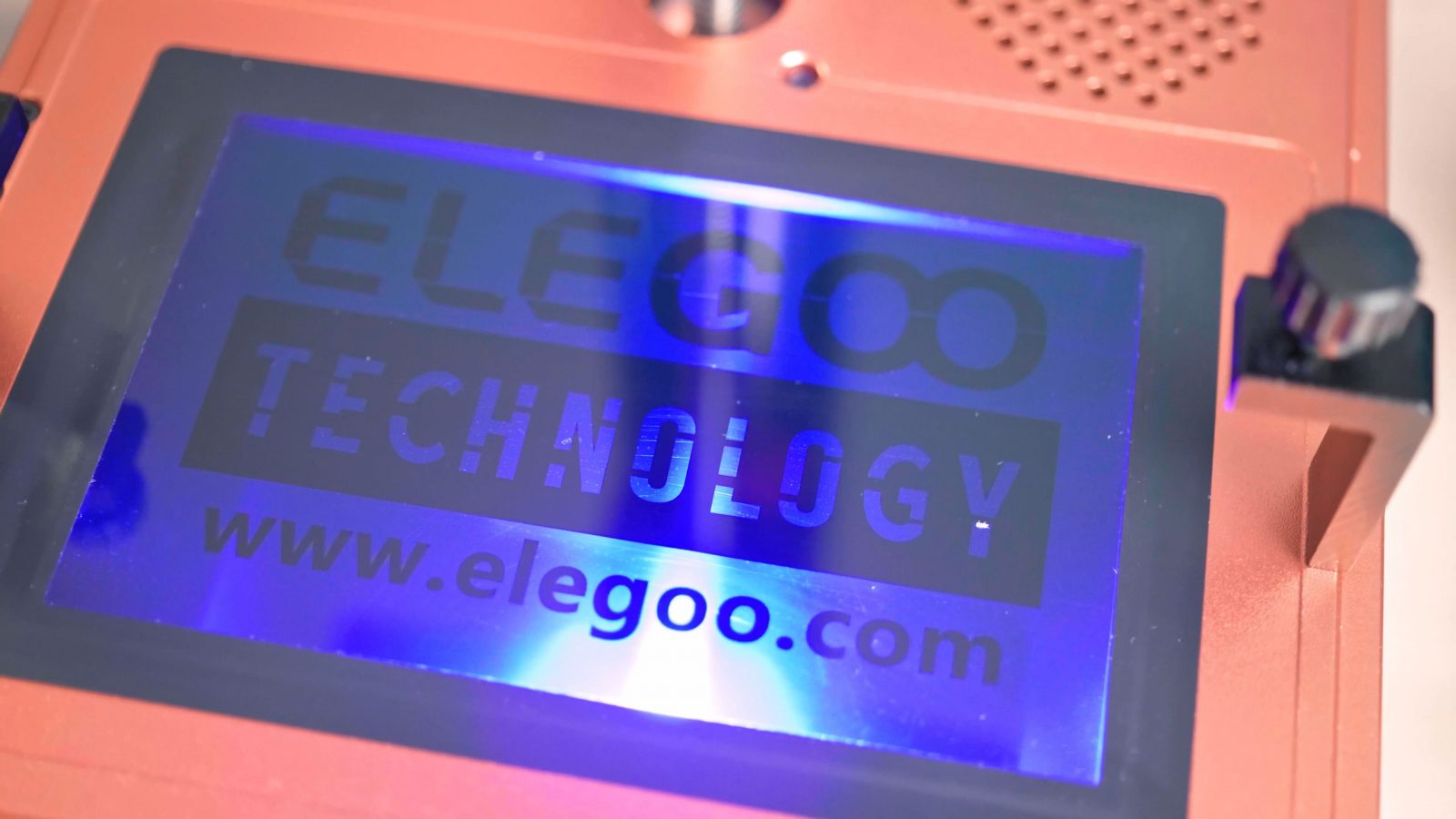
Mars 2 Pro
It’s kind of interesting, on the Mars 2 Pro it looks like the LED is actually mounted directly on the bottom of the frame.
I ran a test to try and find out how evenly these printers expose the build area, and while there were some slight differences between the printers these little test ribs should all have been 2.85mm, but I would say those differences are general overcuring on the whole printer, but not so much a difference in exposure between the center and the edges of the build area.
Print Quality
As expected, prints look amazing, they always do for resin printers. For all three printers, there’s tons of detail and texture and you’d be hard-pressed to notice the physical resolution of the LCD and the layer height – the pixel size on each of these printers is about 50µm, which is also what the layer height was set to. You can go lower with the layer height, but the LCD resolution is fixed. Or is it?
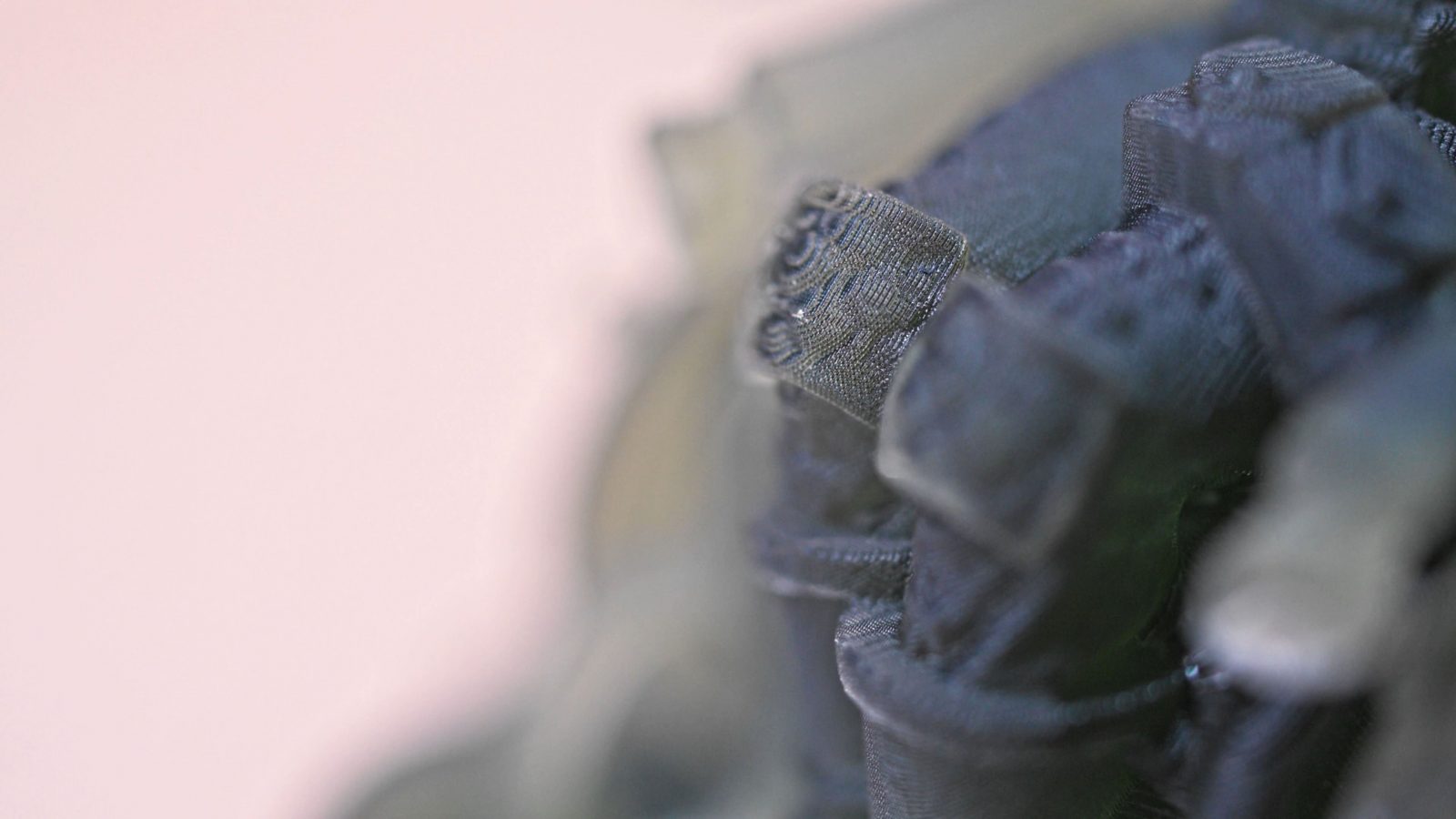
Mars 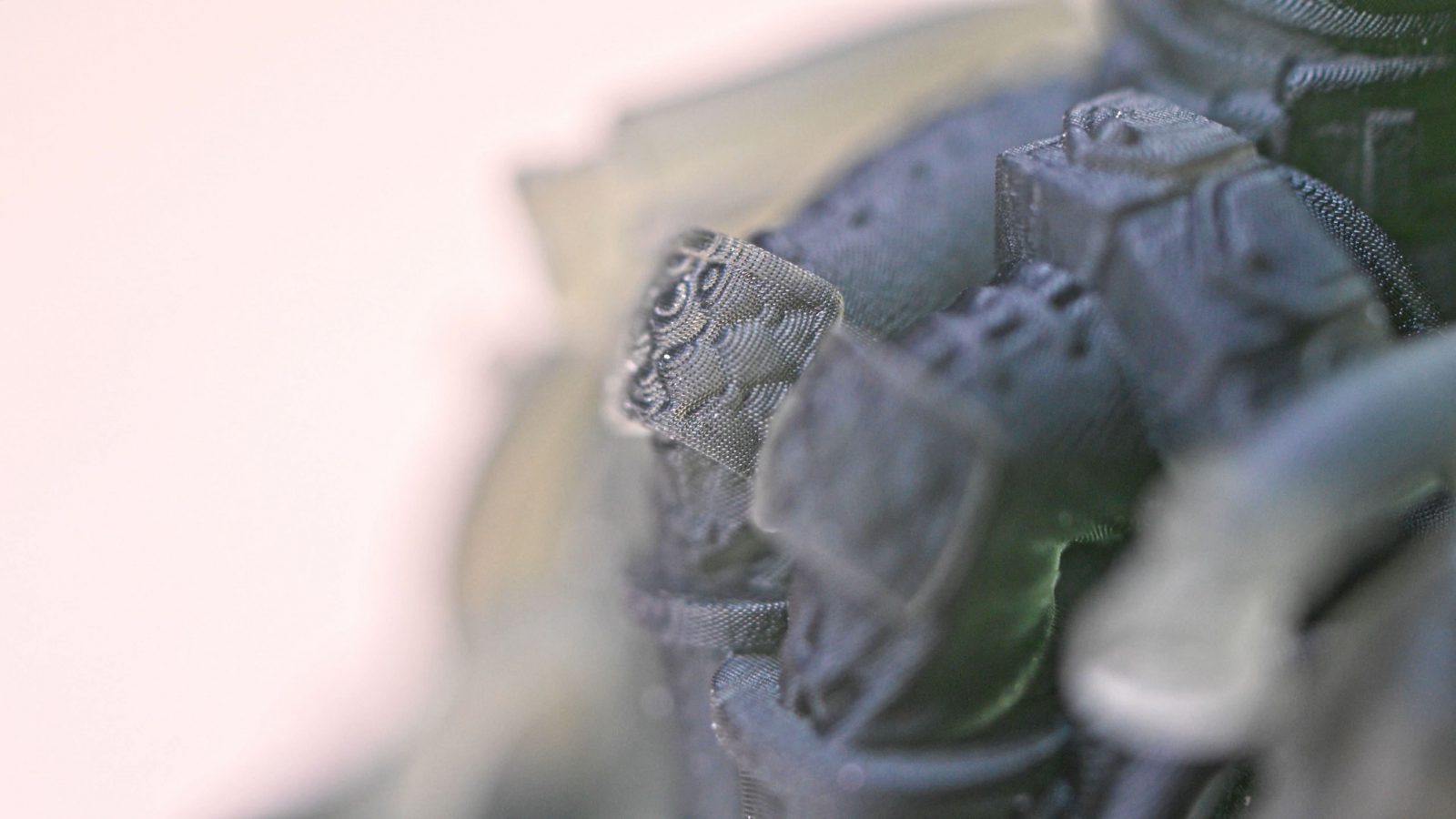
Mars Pro 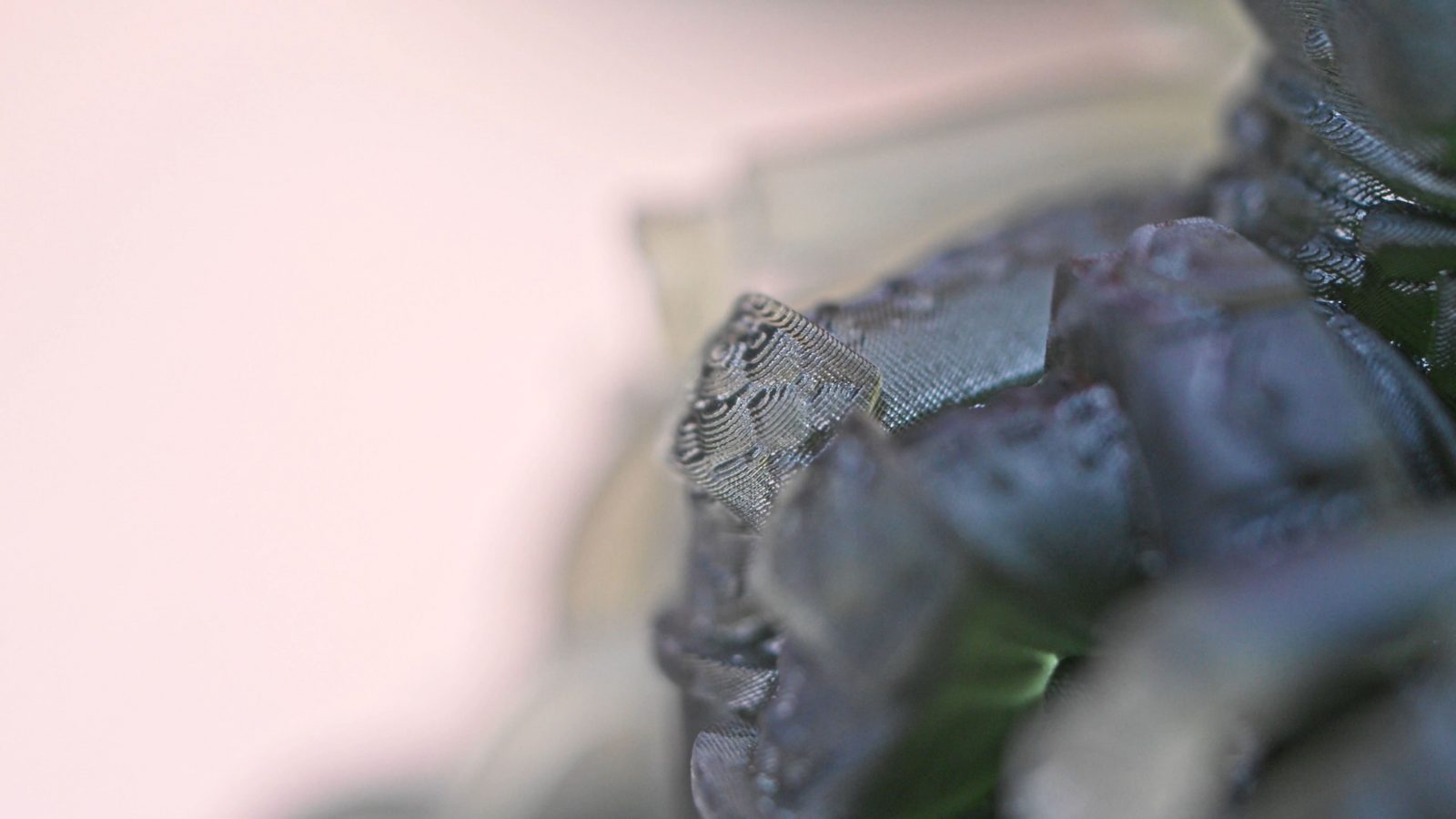
Mars 2 Pro
As we zoom in, you can start to see a very noticeable difference in how smooth the edges of each layer contour is – the Mars and Mars 2 Pro have a visibly blocky look to them where you can see each pixel, basically. The Mars Pro, however, has extremely smooth edges, and basically, all you can see is the layers themself.
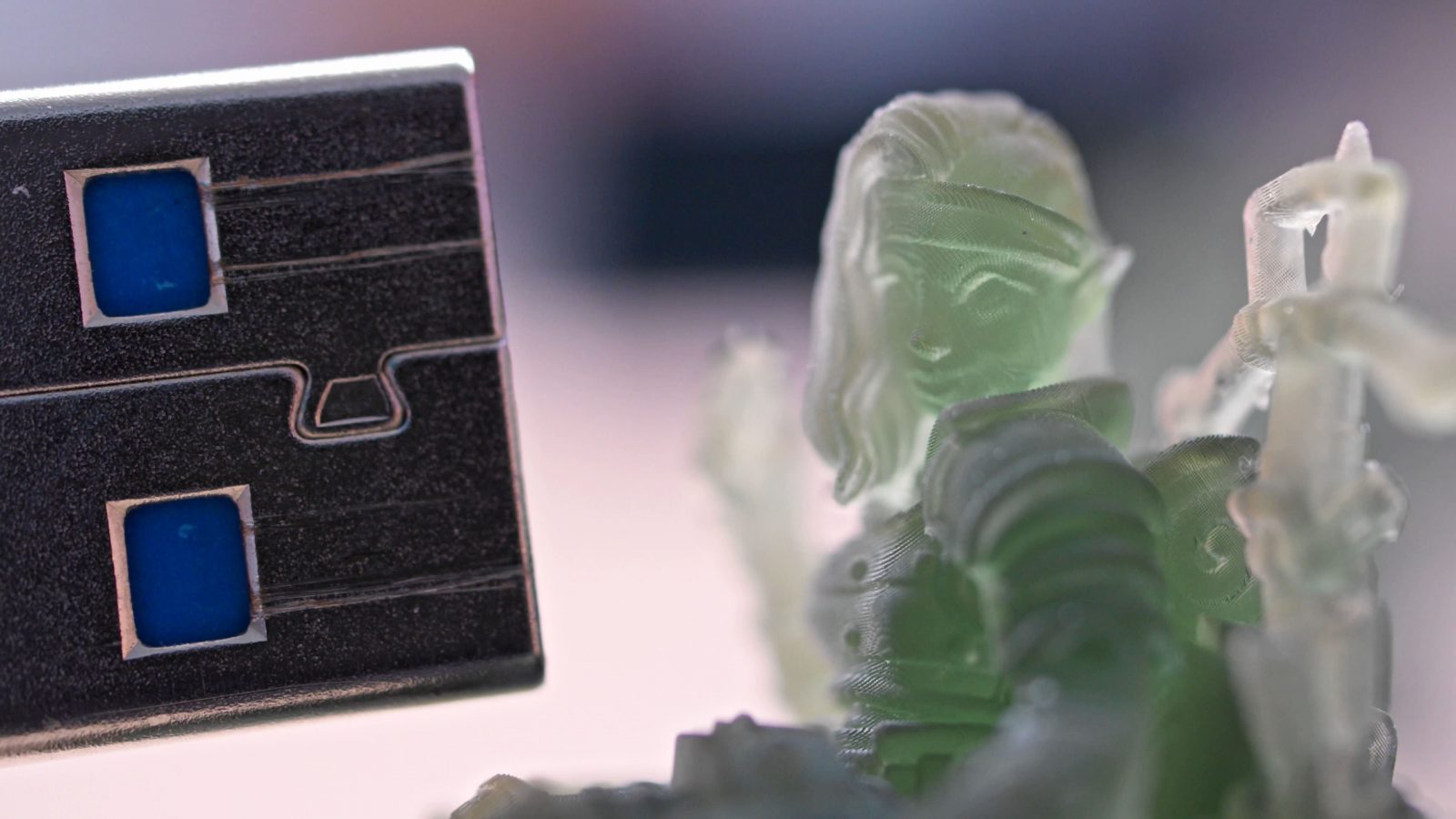
For the Mars, that’s relatively easy to explain – it has antialiasing turned off by default in ChituBox, so it has no chance of smoothing out those edges. The Mars Pro and Mars 2 Pro both have antialiasing turned on, but it looks like it’s doing a much better job on the Mars Pro than on the Mars 2 Pro.
The top surfaces also look a good bit smoother on the Mars Pro, and all this combined leads me to believe that there could be an issue simply with the Mars and Mars 2 Pro maybe underexposing a bit. But this is complaining on a very high level – and you can always tweak the print settings if you want to.
I also tried to print a part that falls more into the “mechanical” category, that is this C-mount to M12 lens adapter, this lets me use these little security camera lenses on this camera body, and the adapter, on the outside, is a 1” 32TPI thread, on the inside, an M12x0.5 thread, both of which are pretty fine threads.
Interestingly, only the print from the Mars Pro kinda worked – the 1” thread did fit well, but none of the printers managed to create a working M12x0.5 thread. I know printing a thread this fine is a really tough job, but I also tried the same part on the Prusa SL1 and that fit perfectly with default slicer settings and no tweaking. Ok, the M12 thread is still a bit tight, but it works.
And I’m confident that the Mars printers are also capable of printing this part, you just maybe have given it a few tries and tweak exposure and antialiasing settings a bit. Elegoo does provide a very helpful spreadsheet with recommended exposure settings for all their resins and printers as a starting point.
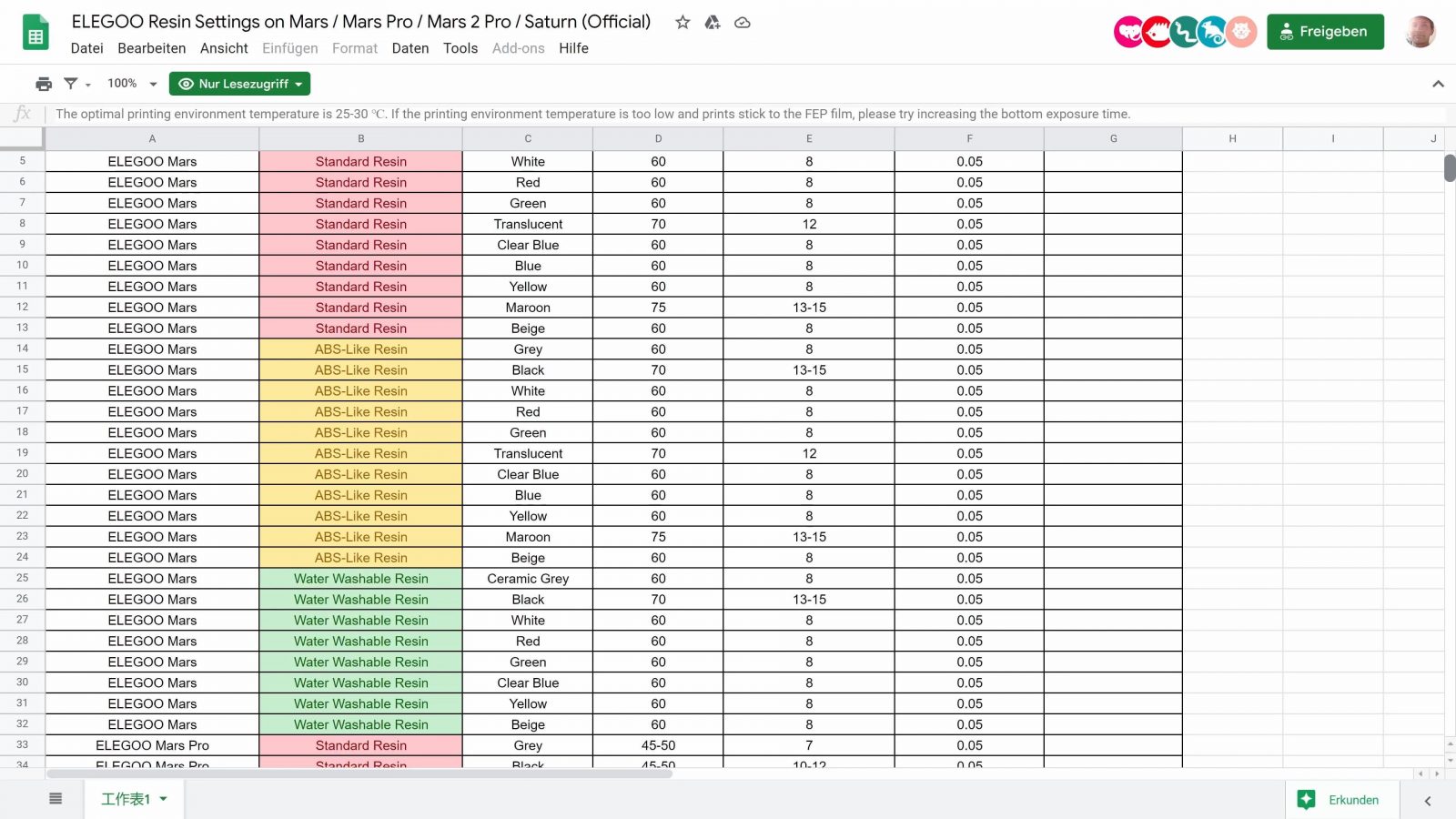
Safety
If we take a peek under the hood, sometimes we find some fairly frightful displays of cable-mismanagement and dangerous electronics choices. Thankfully, all the Elegoo Mars printers are built impeccably. They have real CE with the proper documentation and the power supply is even, verifiably so, TÜV GS tested and deemed safe. As I said, it shows that Elegoo has some experience under their belt from robotics kits.
Which one to choose?
So which printer would I choose? Well, here’s the thing. I don’t know how much of a difference the monochromatic vs. RGB screens make in the longevity of the screen itself, which would be a factor if I was set up for resin printing and had a Mars running around the clock. I really like the fact that the Mars Pro provides the smoothest and most accurate prints out of the box, and the print speed increase of the Mars 2 Pro, in real use, isn’t actually all that big. I think all of these printers actually print fast enough for casual use – you still need to then spend the time on post-processing, which is washing and curing the parts anyway. The Mars 2 Pro does offer a larger print area, but if I really wanted to print larger resin parts, there’s still the Saturn, which actually isn’t all that expensive, either.
When I wrote the script for this video, the Mars Pro was actually about 10 bucks cheaper than the basic Mars and 70 bucks cheaper than the Mars 2 Pro, so I would definitely go for the Mars Pro. But if you have different requirements, any of these printers is going to be a solid choice for you. In either case, you should definitely also look into getting a cleaning and curing station that works with your printer – Elegoo conveniently makes the Mercury, which lets you wash the print still attached to the platform. That’s so much cleaner than trying to jostle the resin-covered print into a fryer bucket to wash it in isopropyl alcohol. The cleaning station, I think, pushes the Mars series of printers from being “very okay, but incomplete”, into “very much recommended” territory.
Elegoo Mercury cleaning and curing station Aliexpress
Replacement screens Mars (Amazon)
Replacement screens Mars Pro (Amazon)
Replacement screens Mars 2 Pro (Aliexpress)
PPE / safety equipment 3M mask body
3M filters for organic vapors (also take out the smell)
💙 Enjoying the videos? Support my work on Patreon!
Product links are affiliate links – I may earn a commission on qualifying purchases (at no extra cost to you)
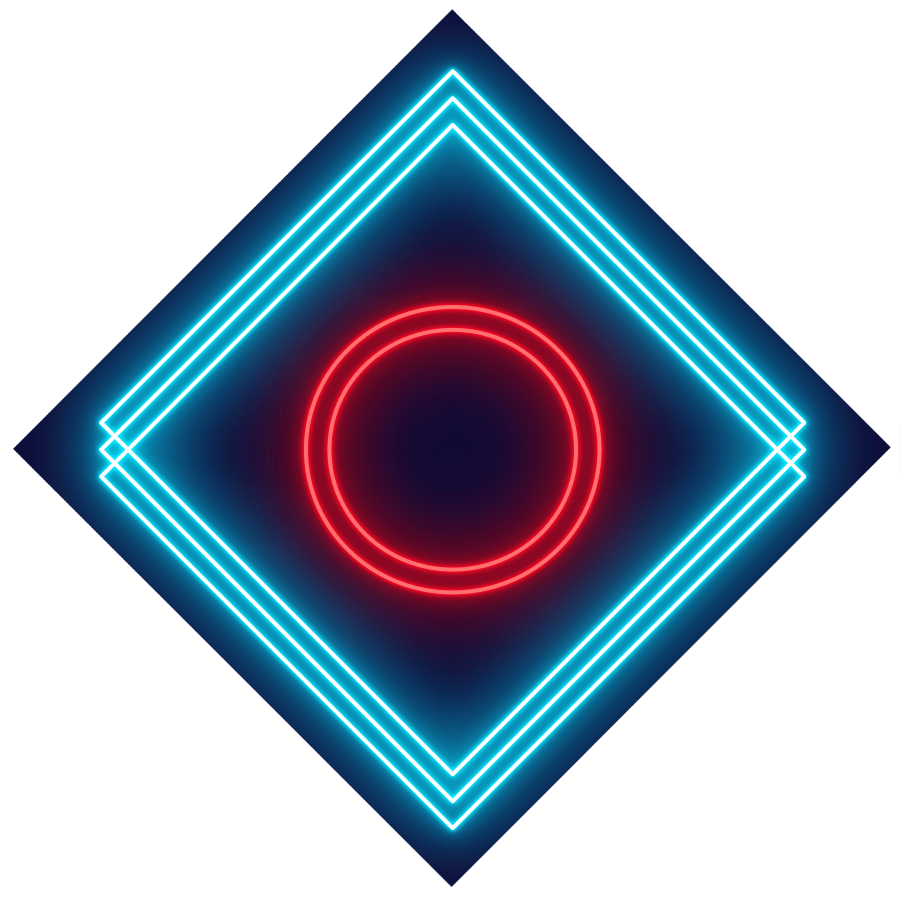
Check out my second channel “More Layers” on YouTube for livestreams

